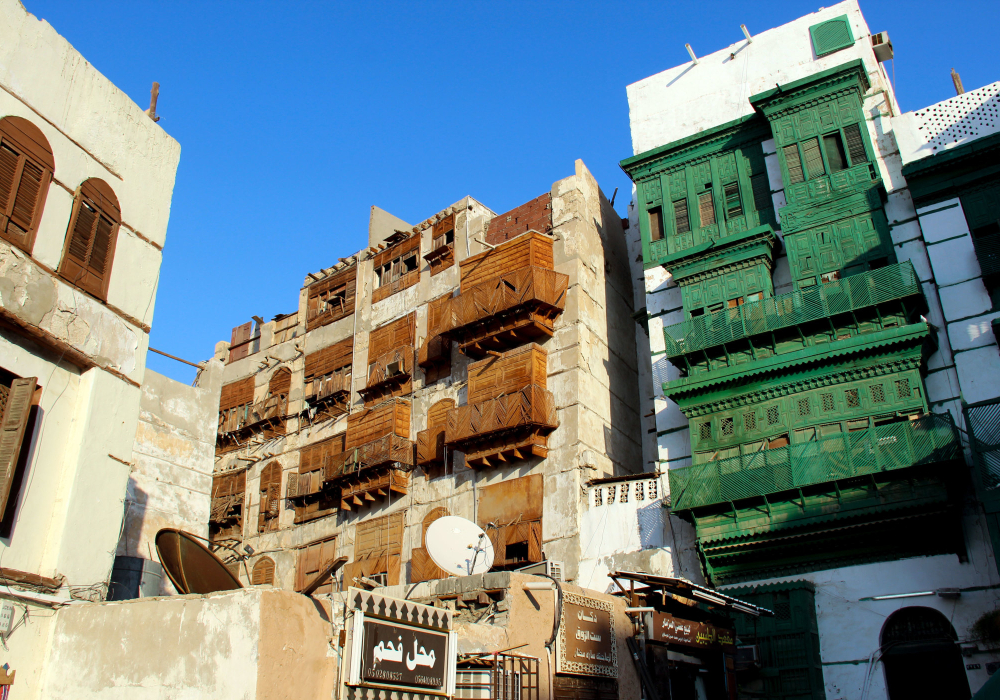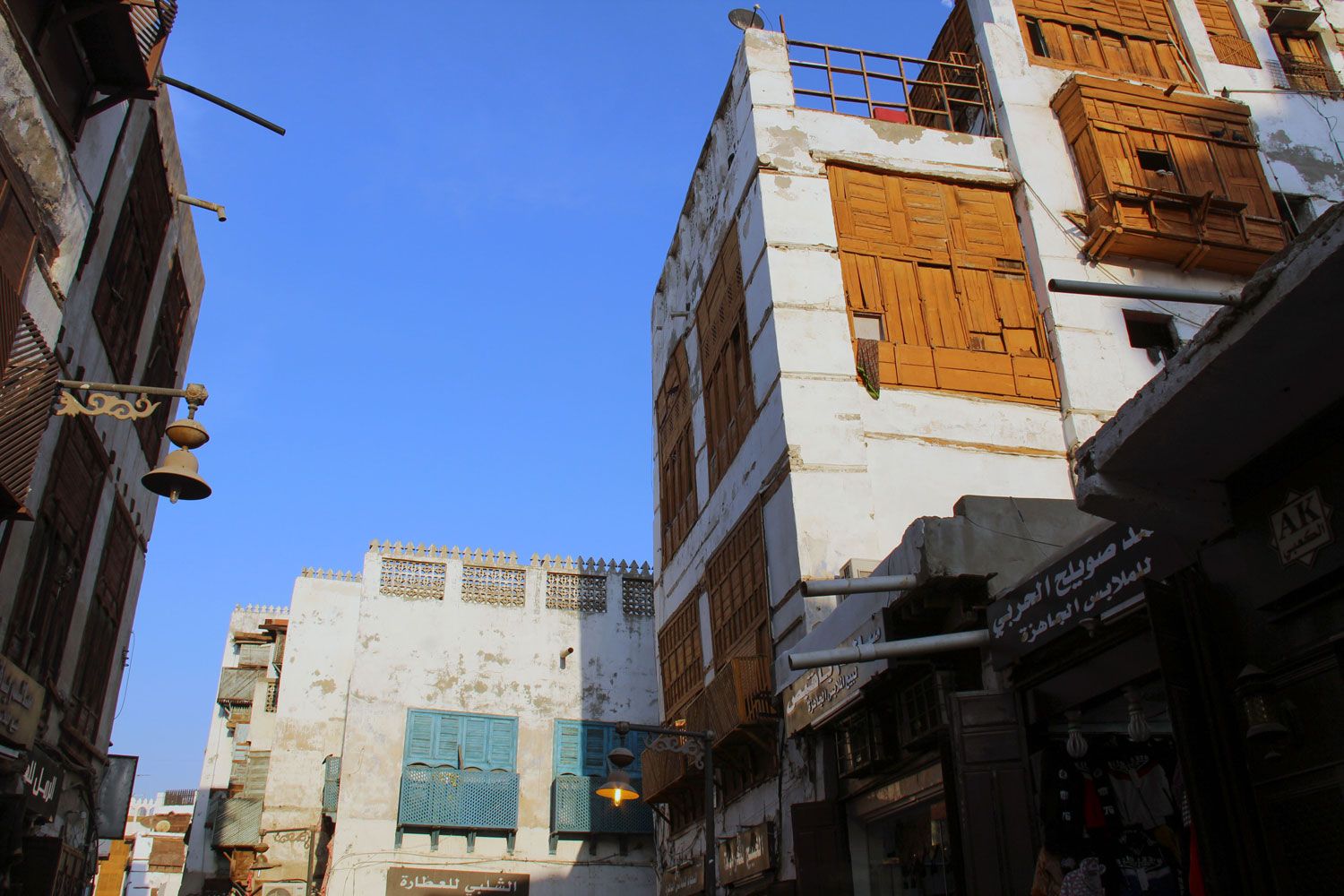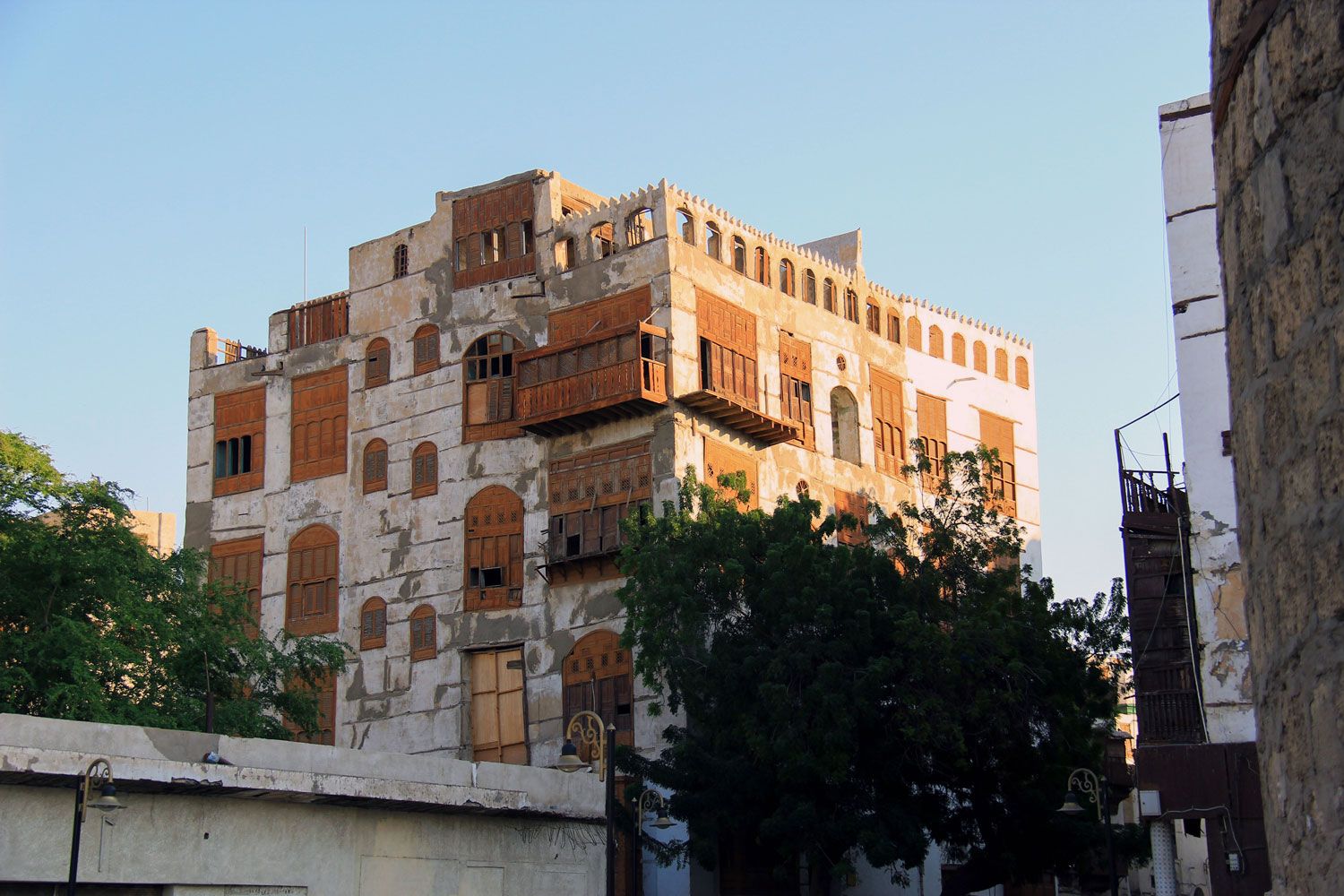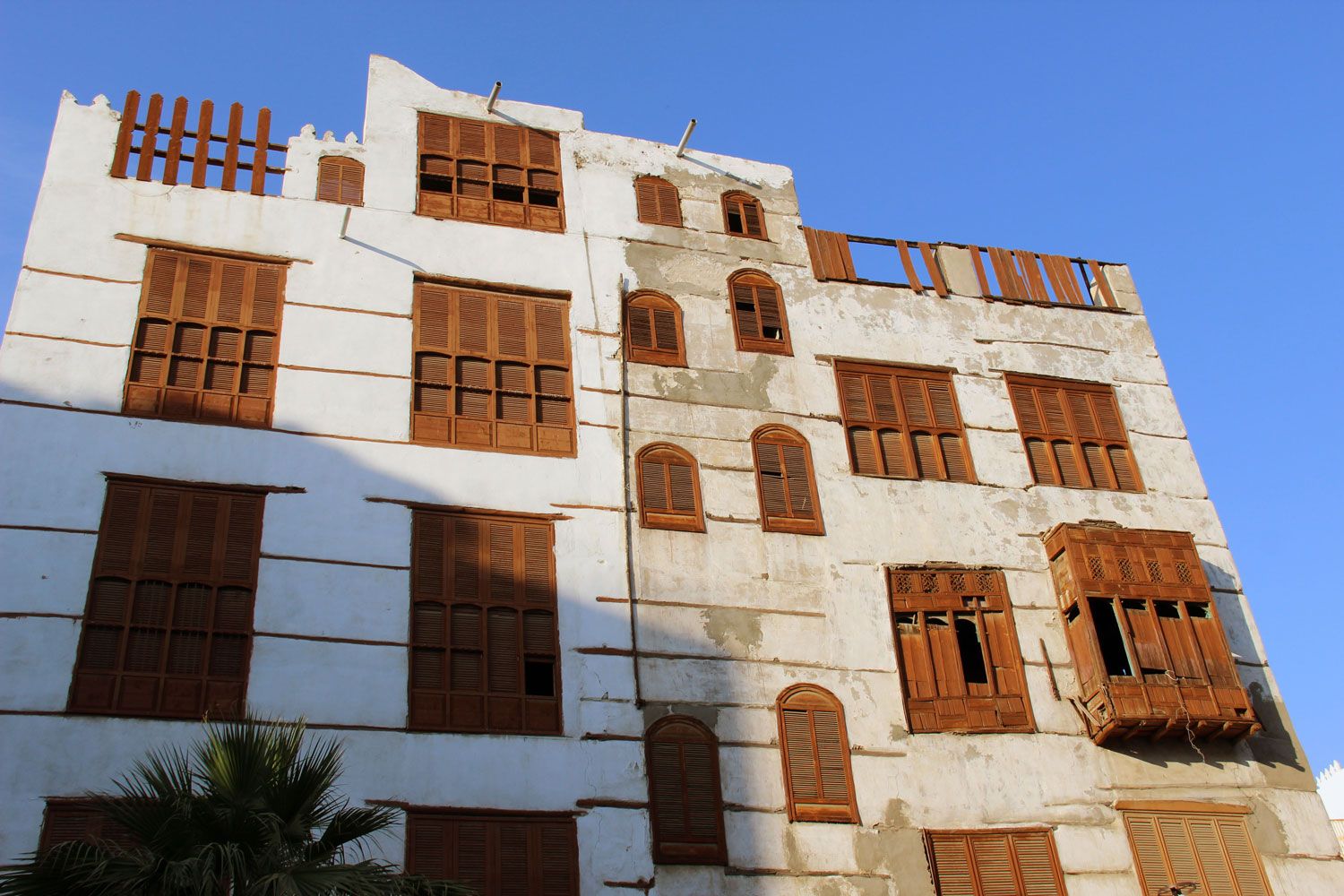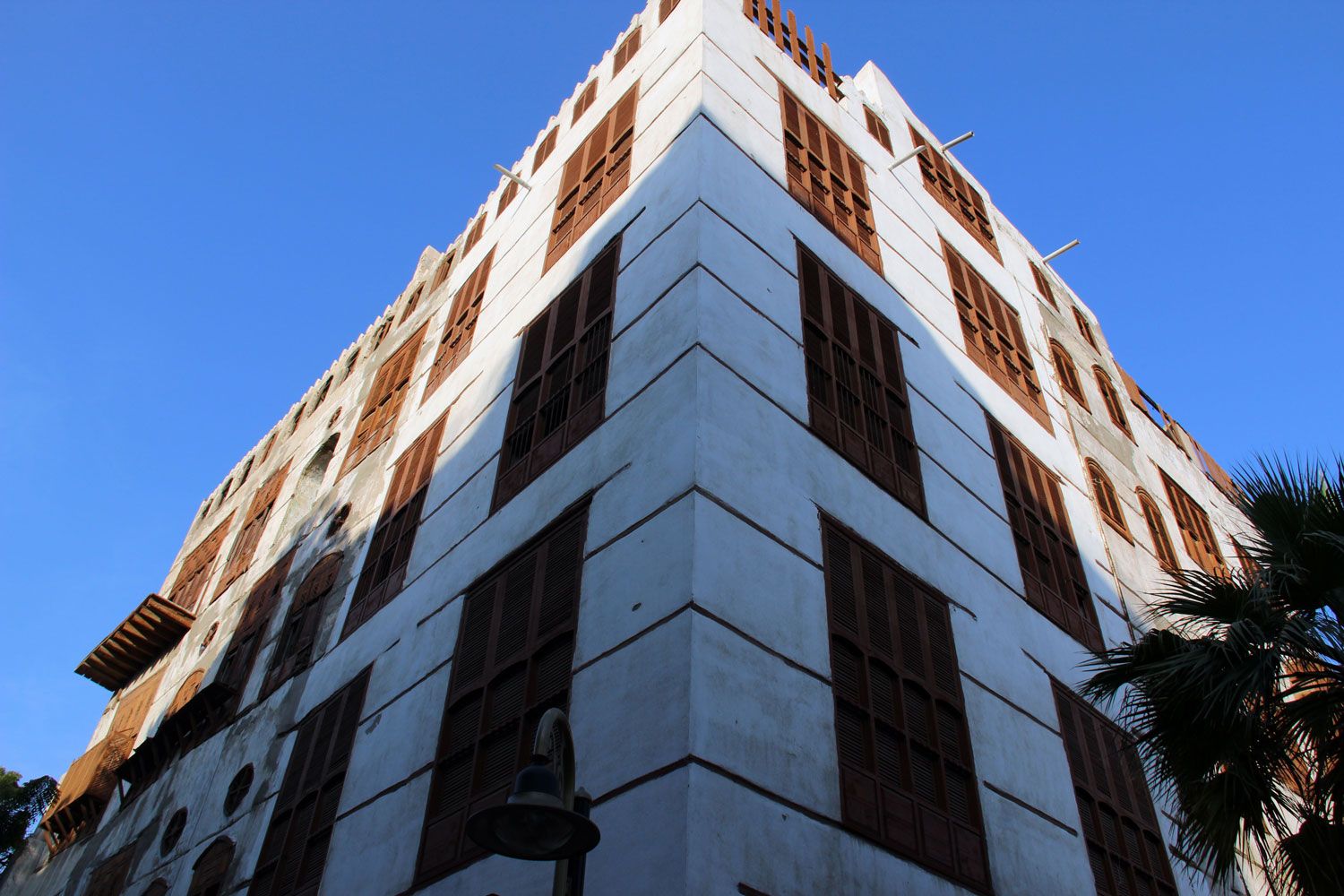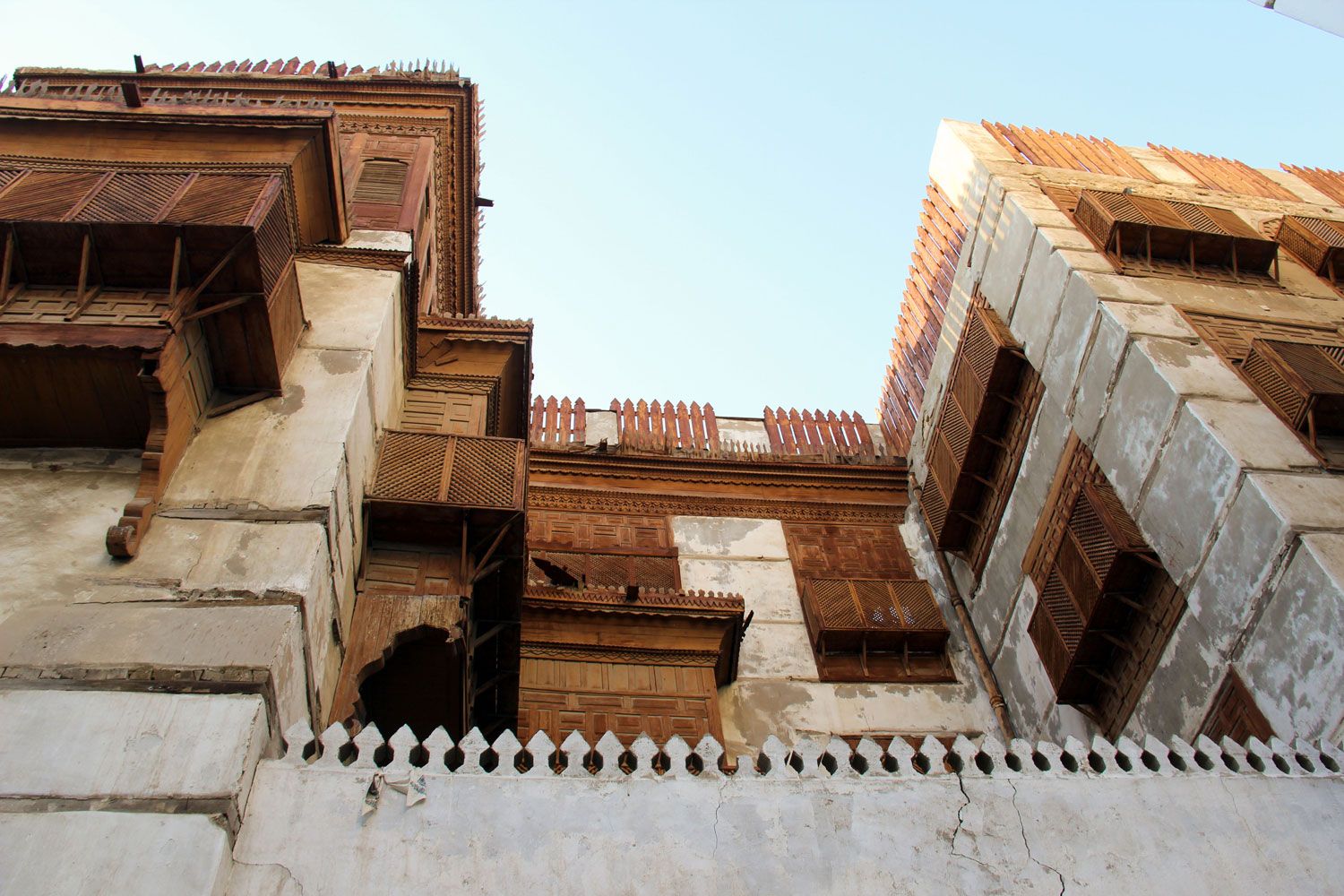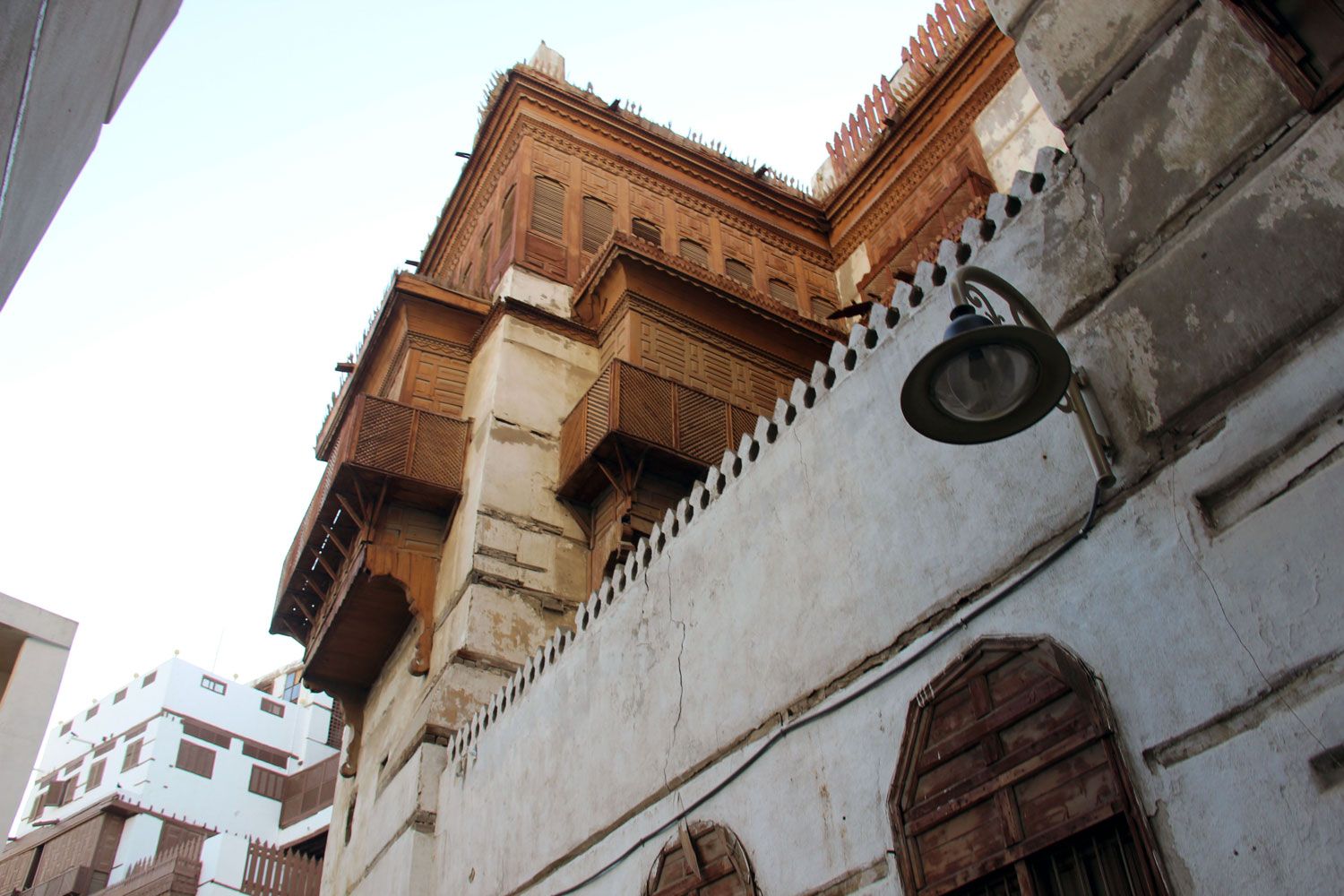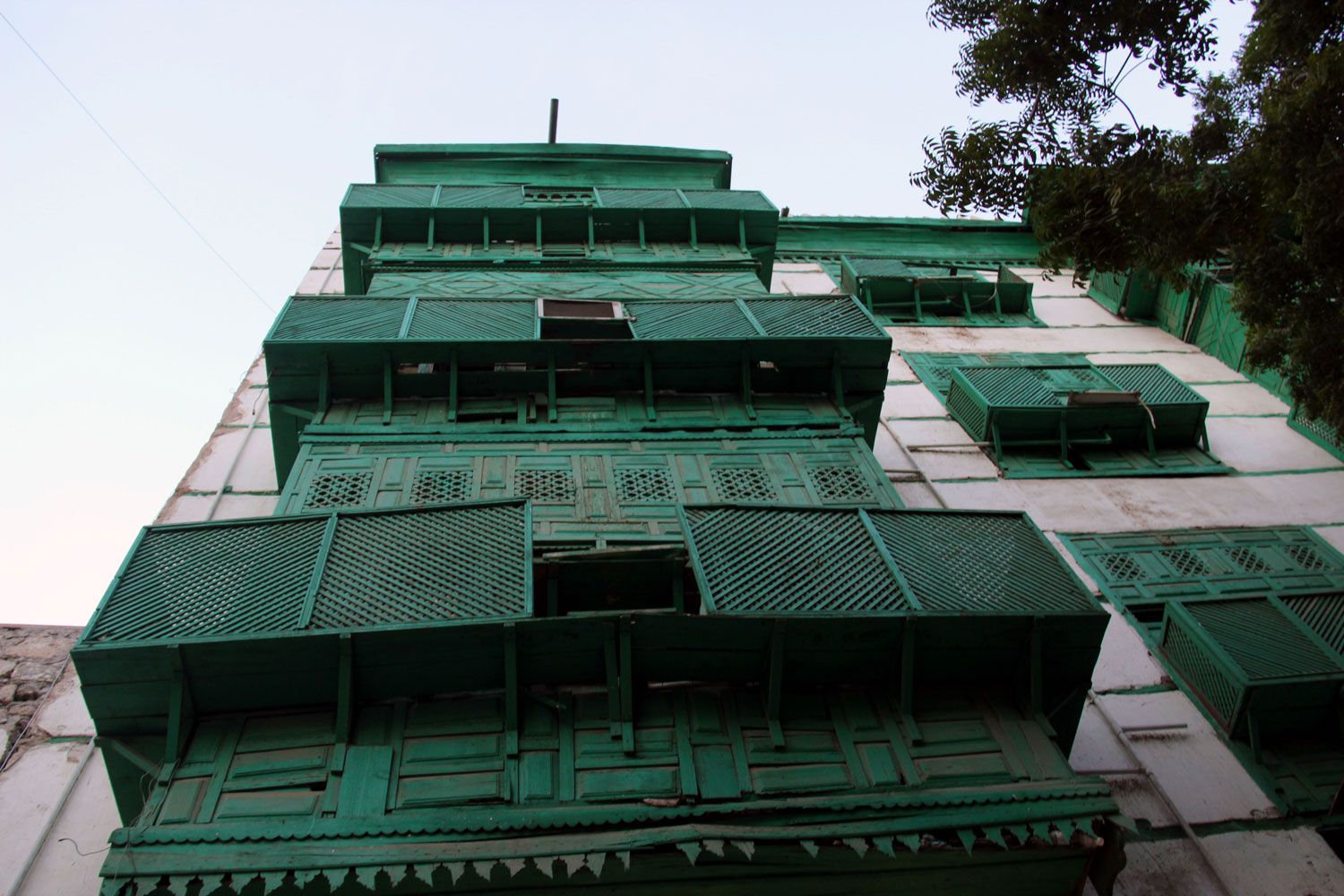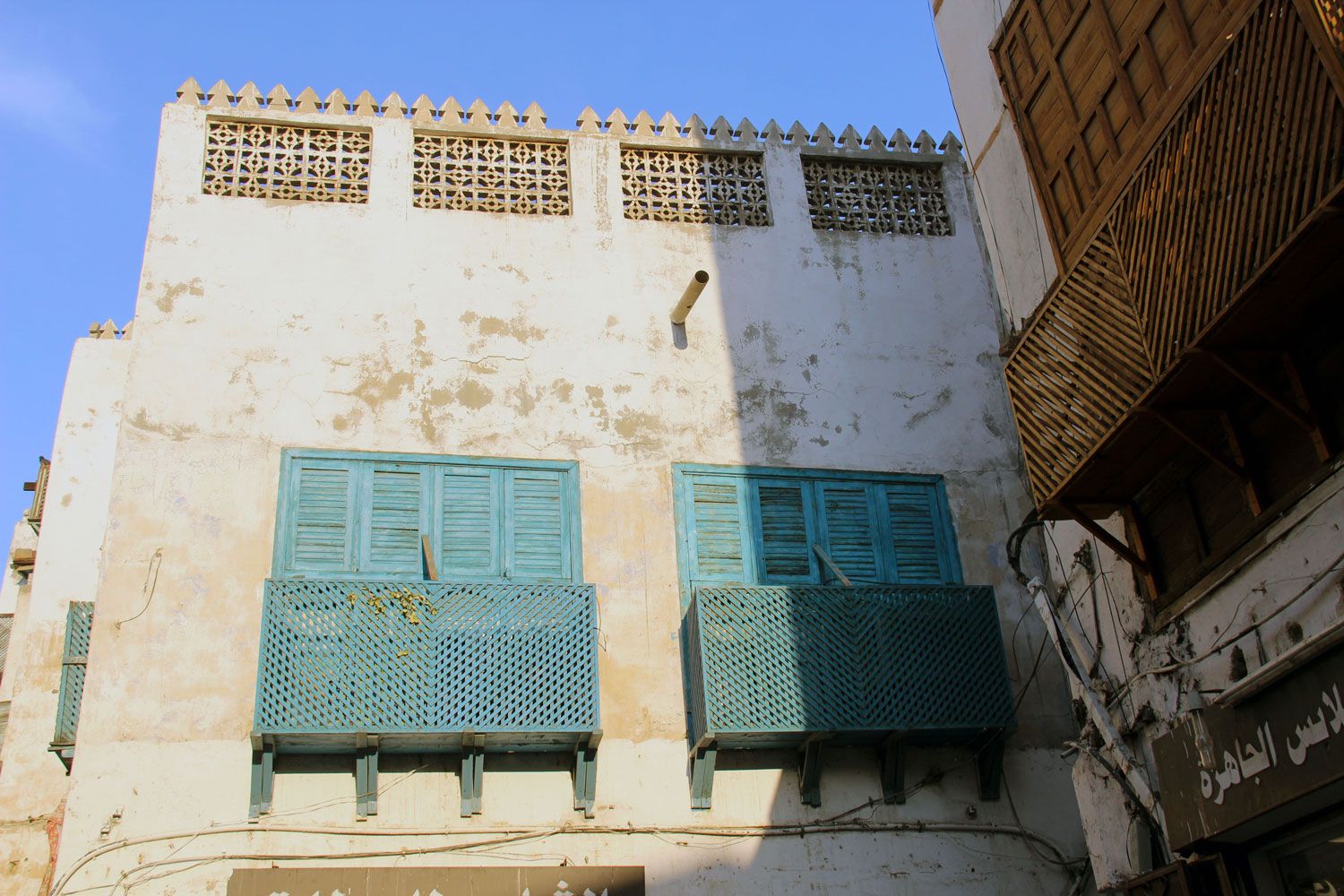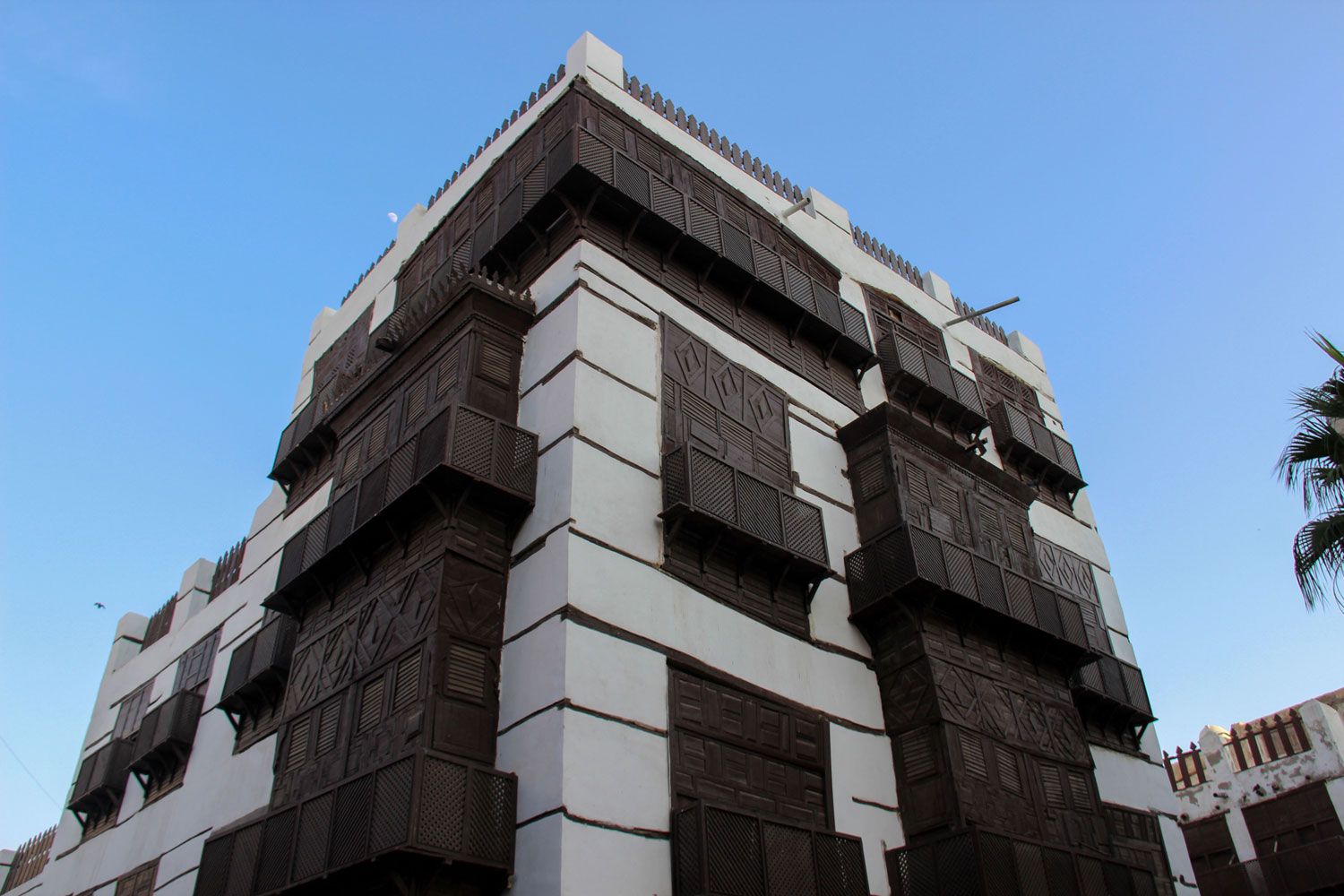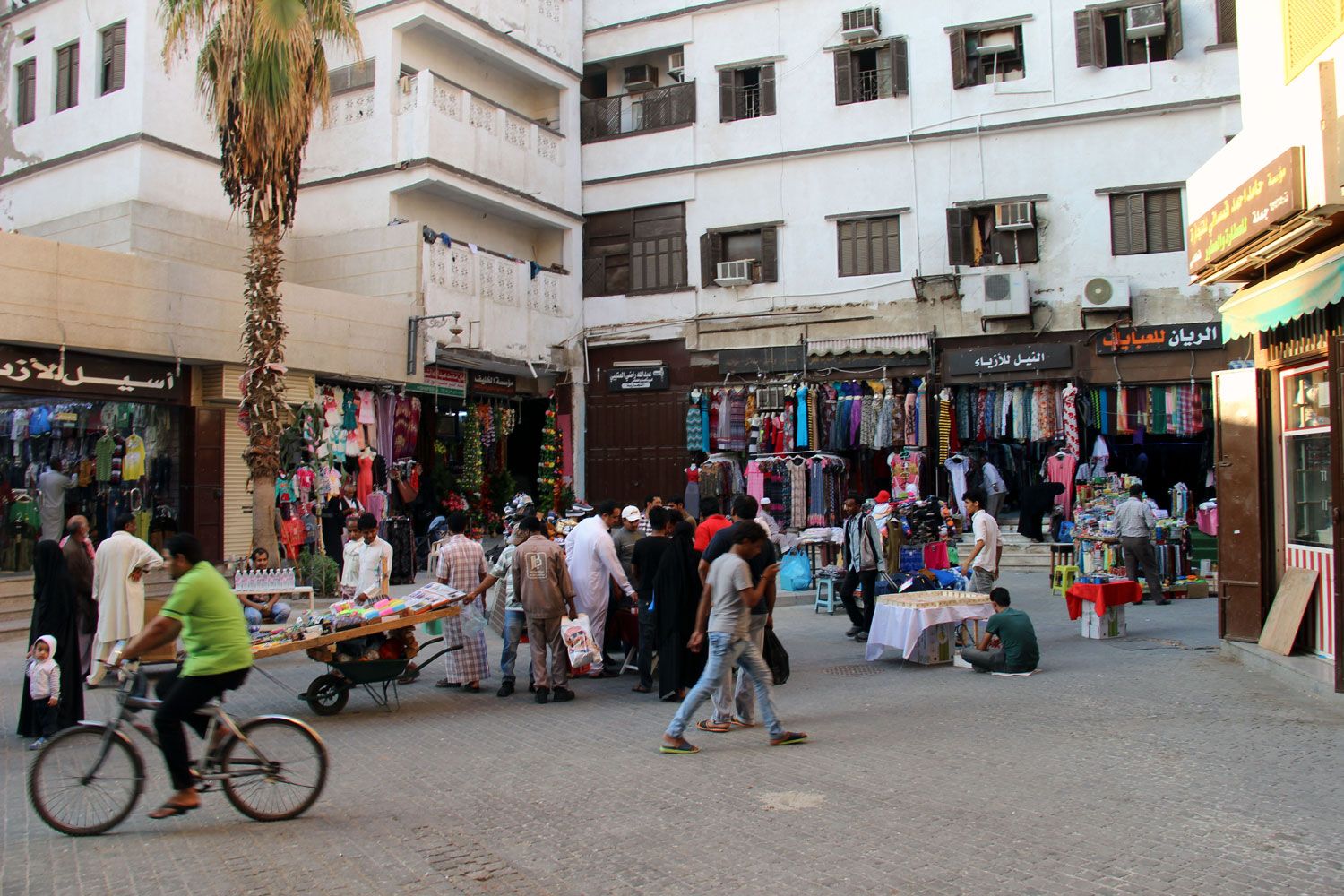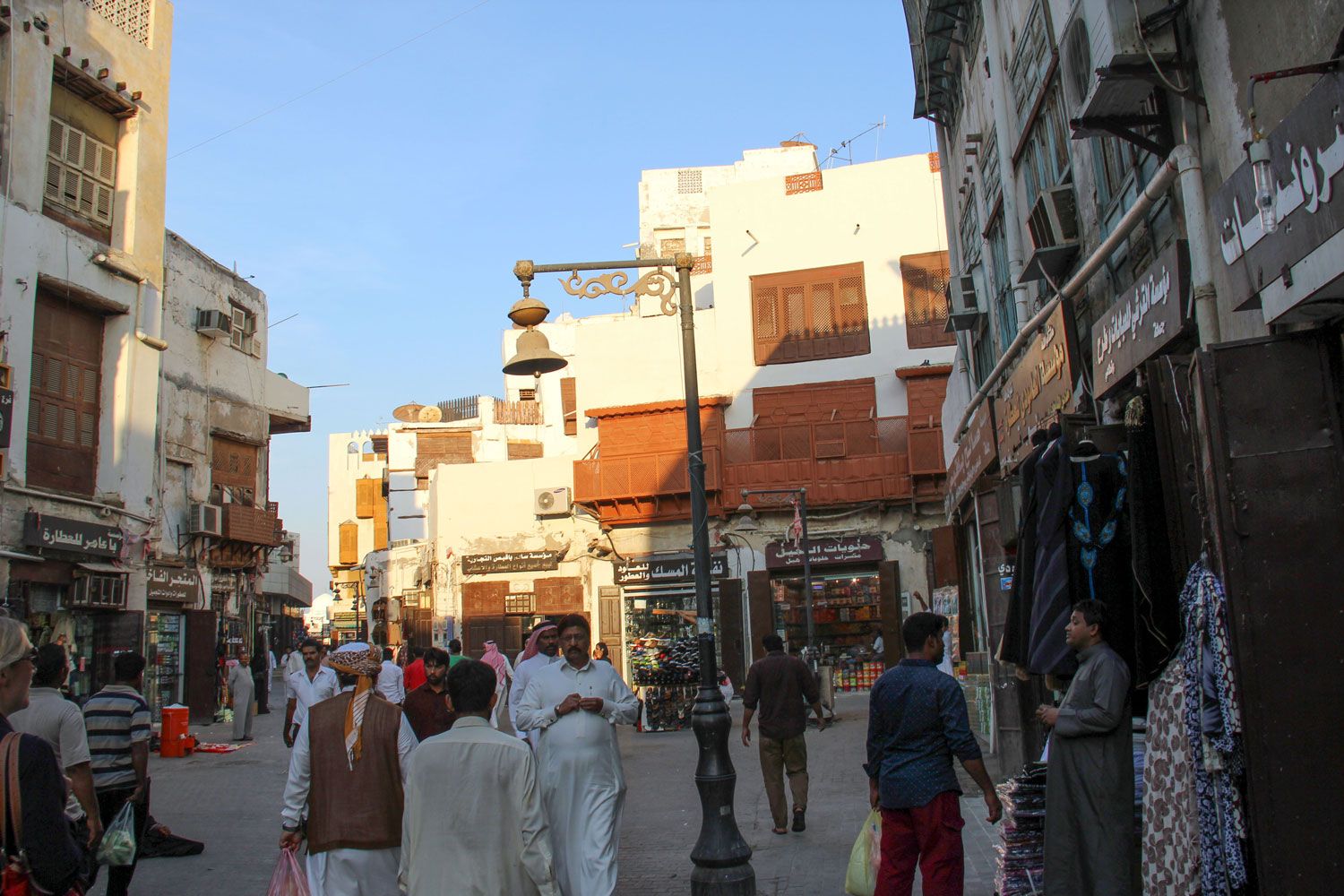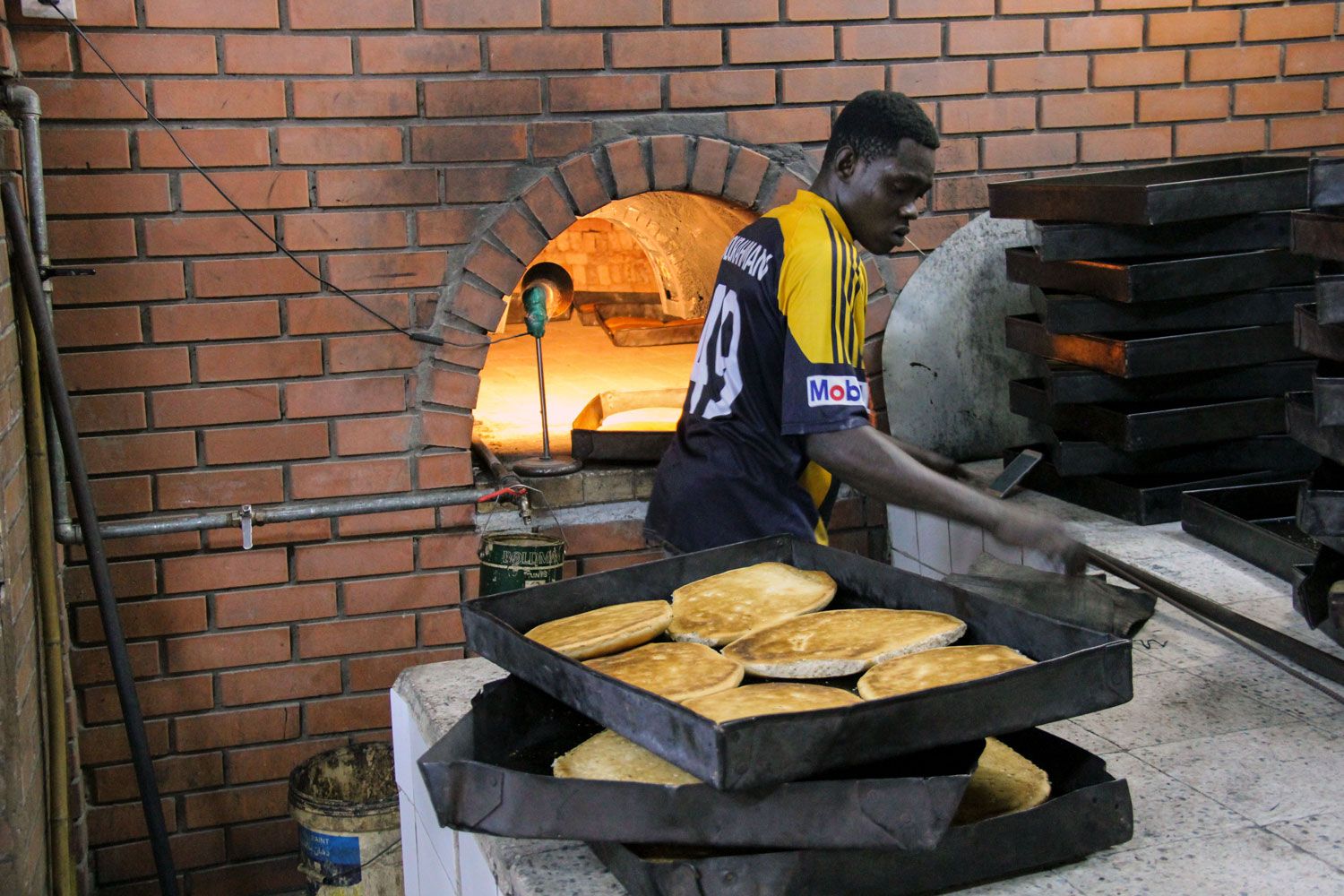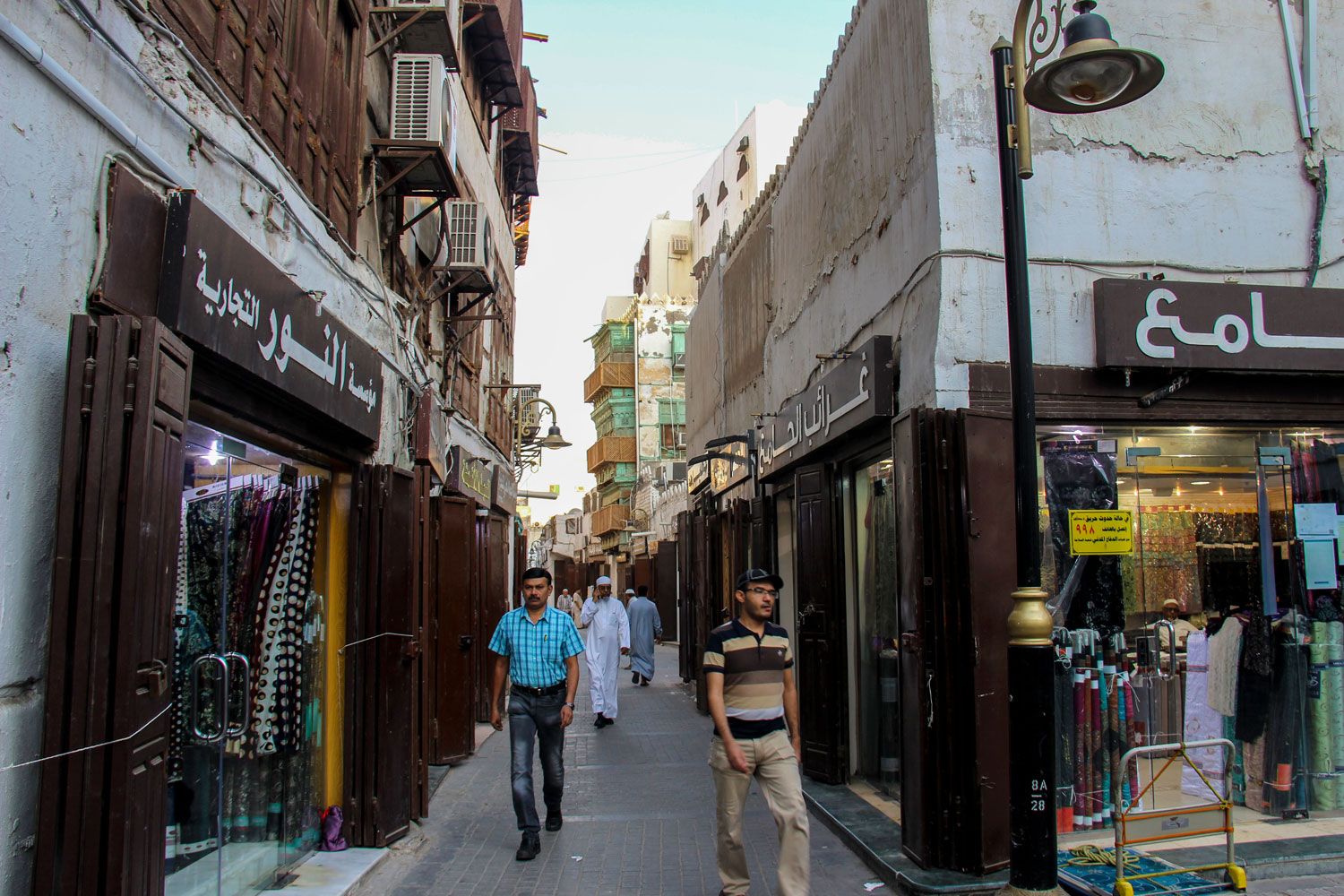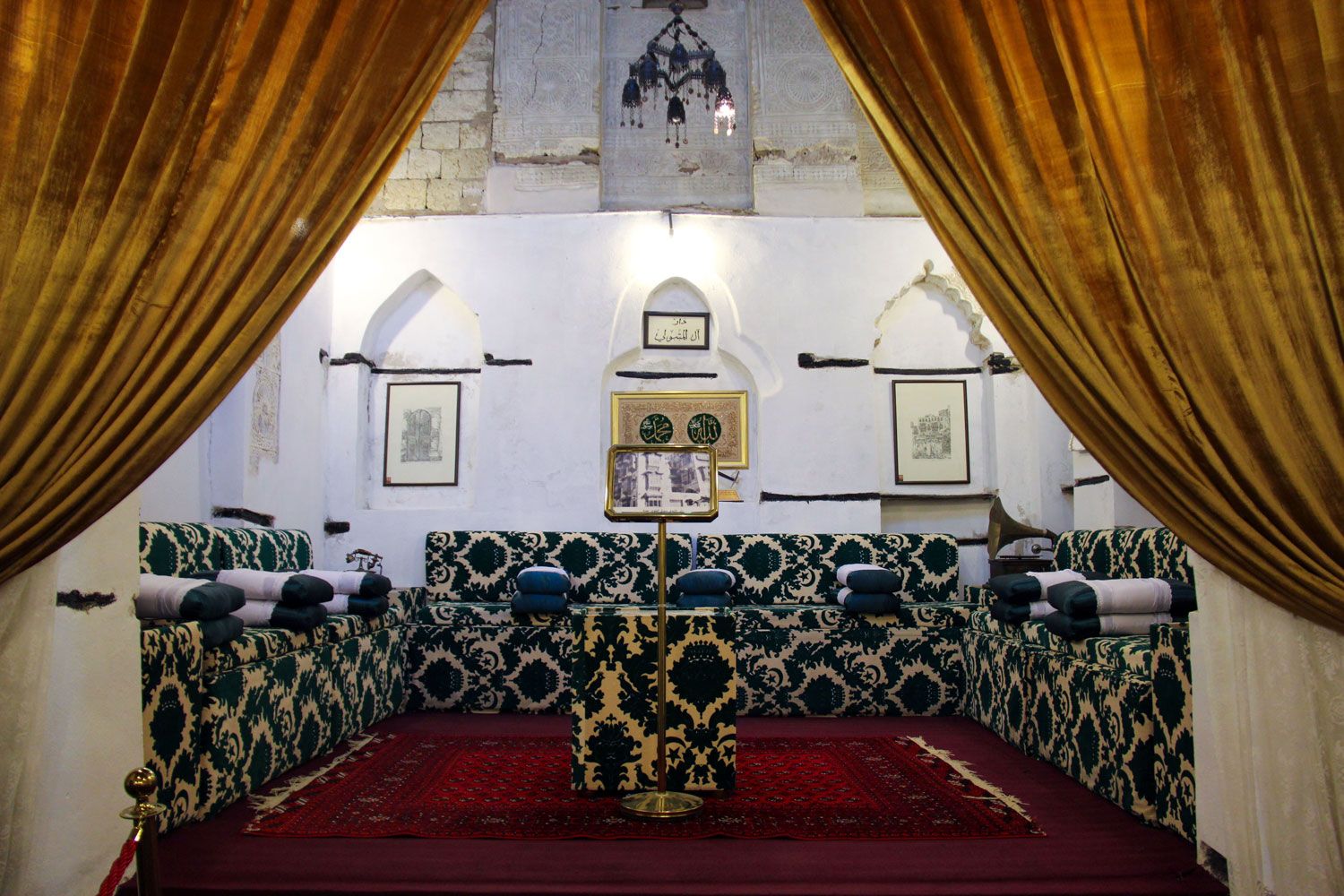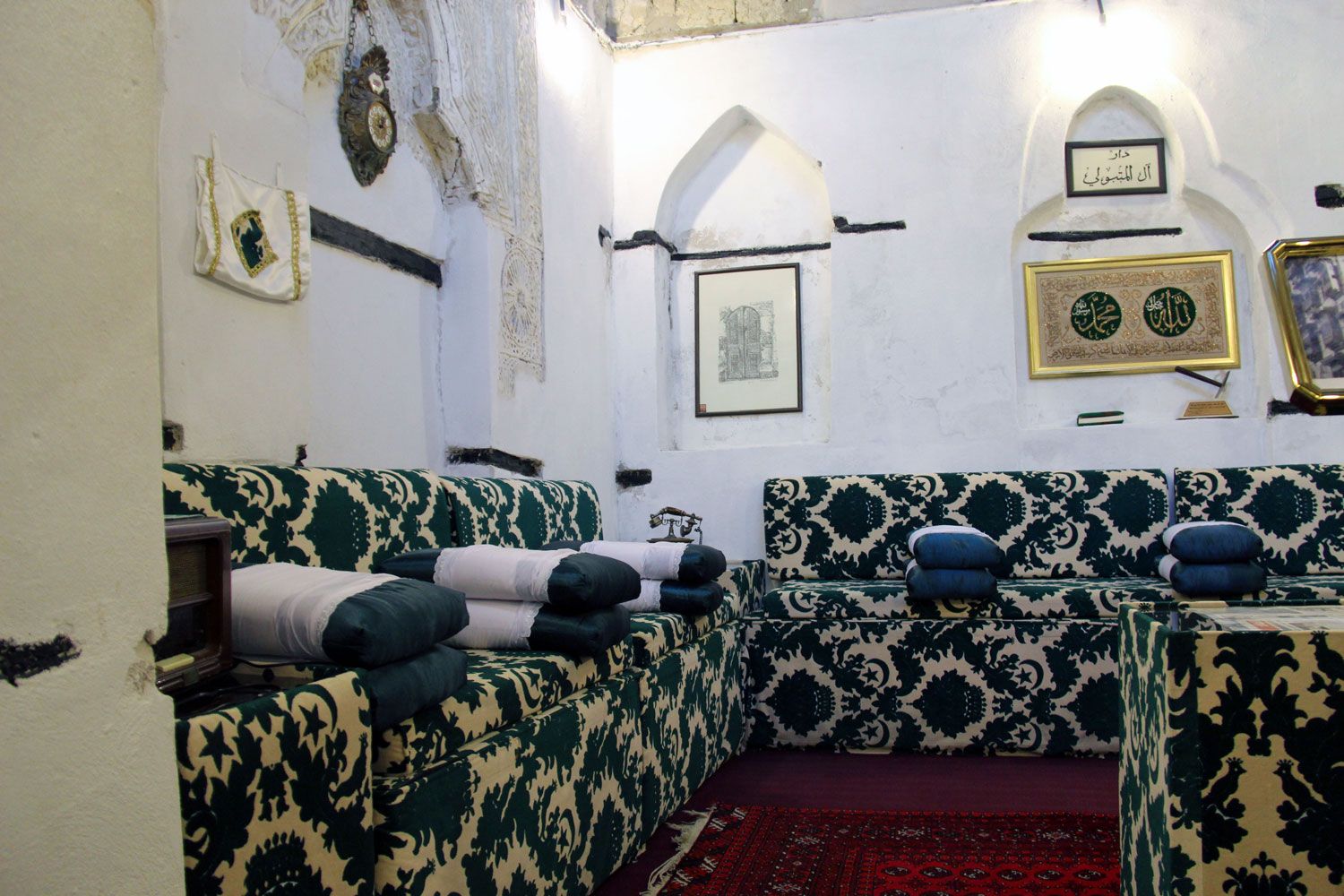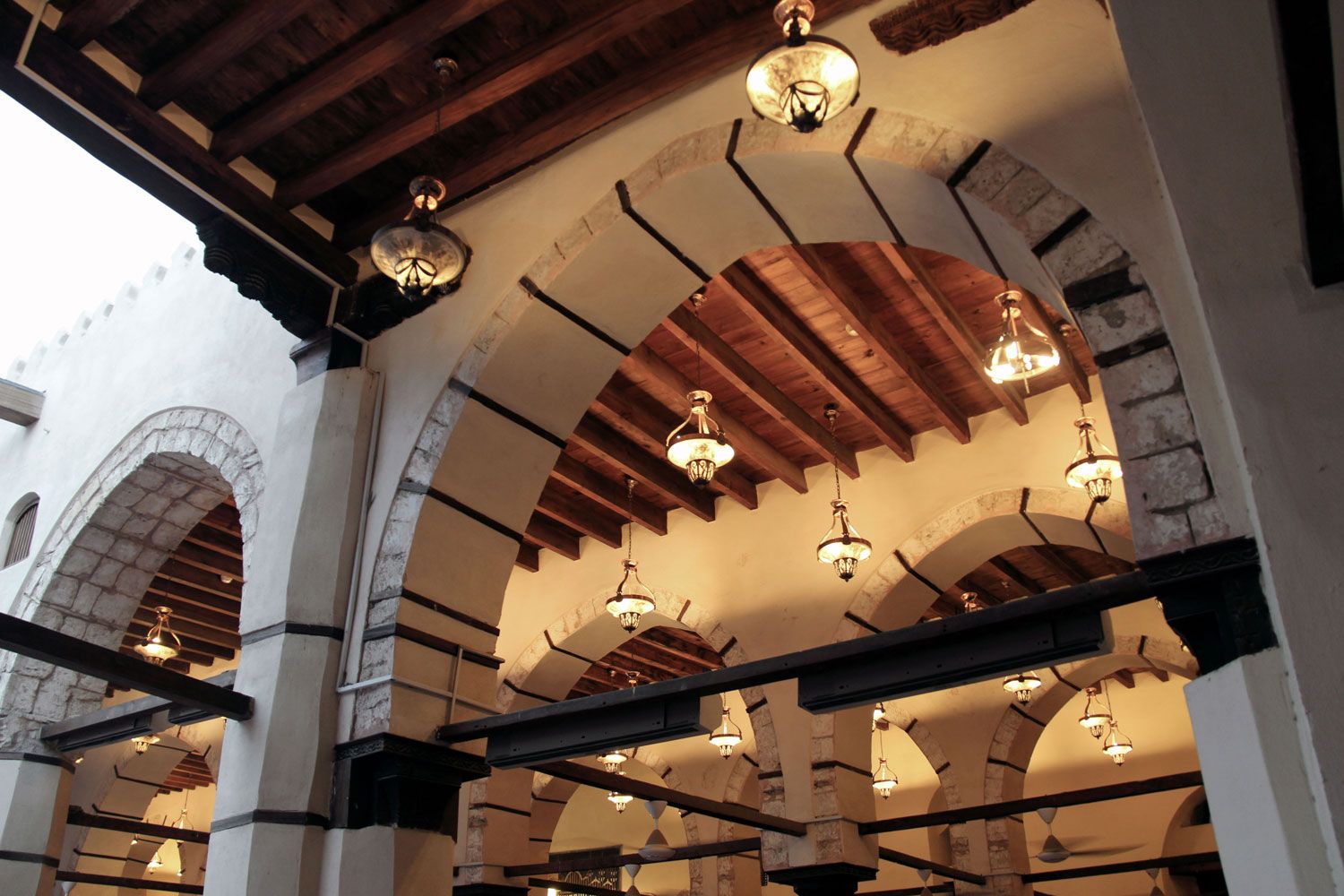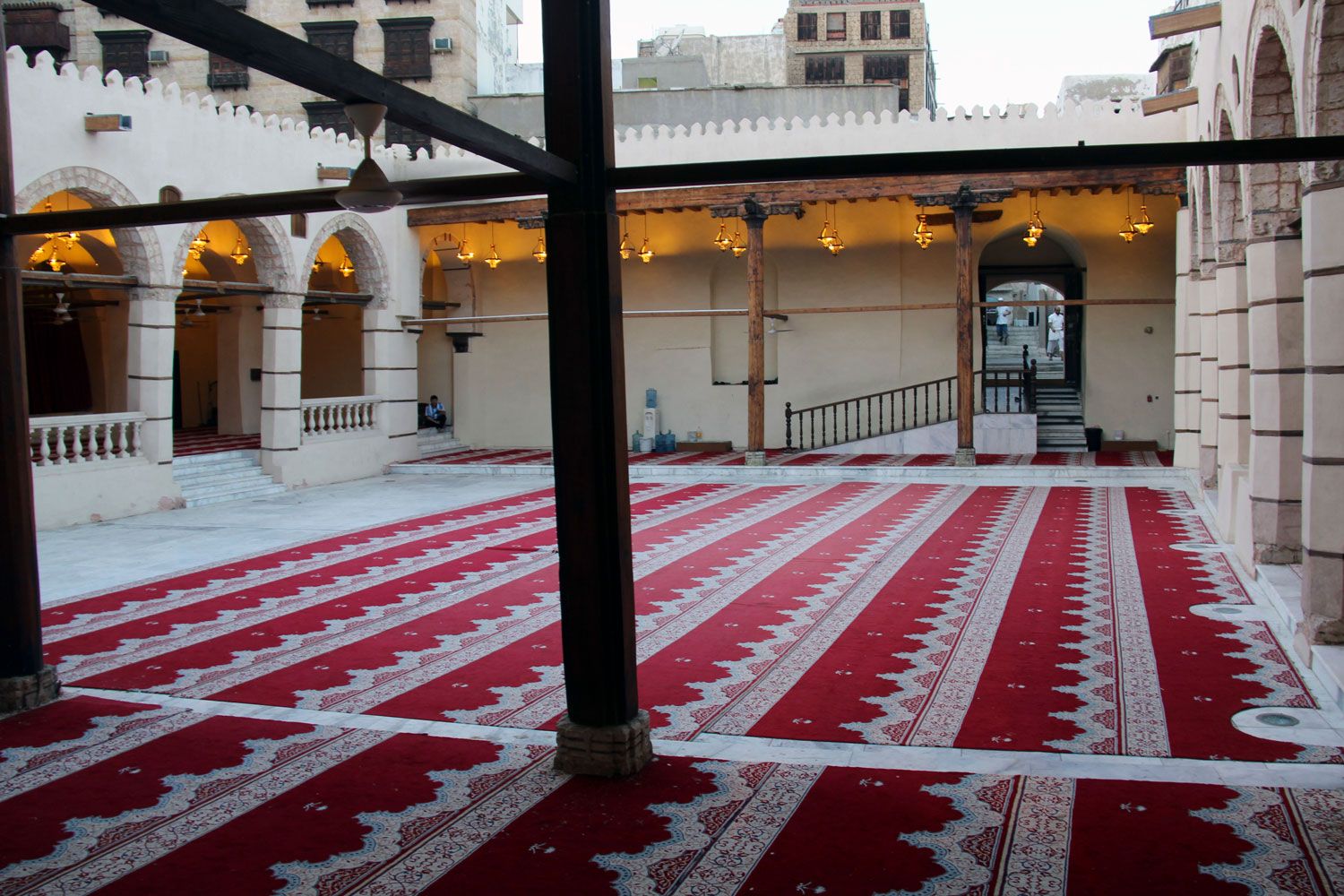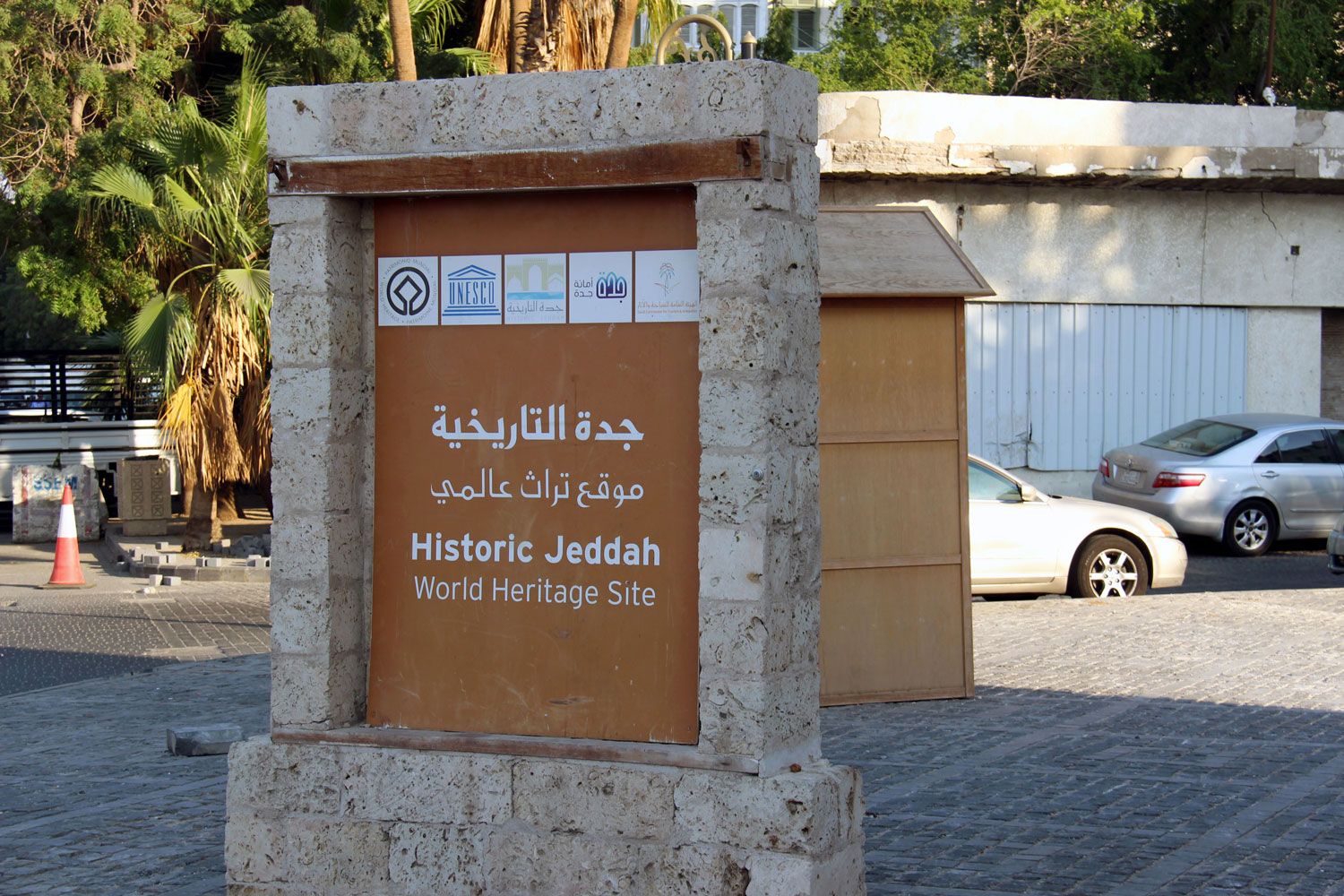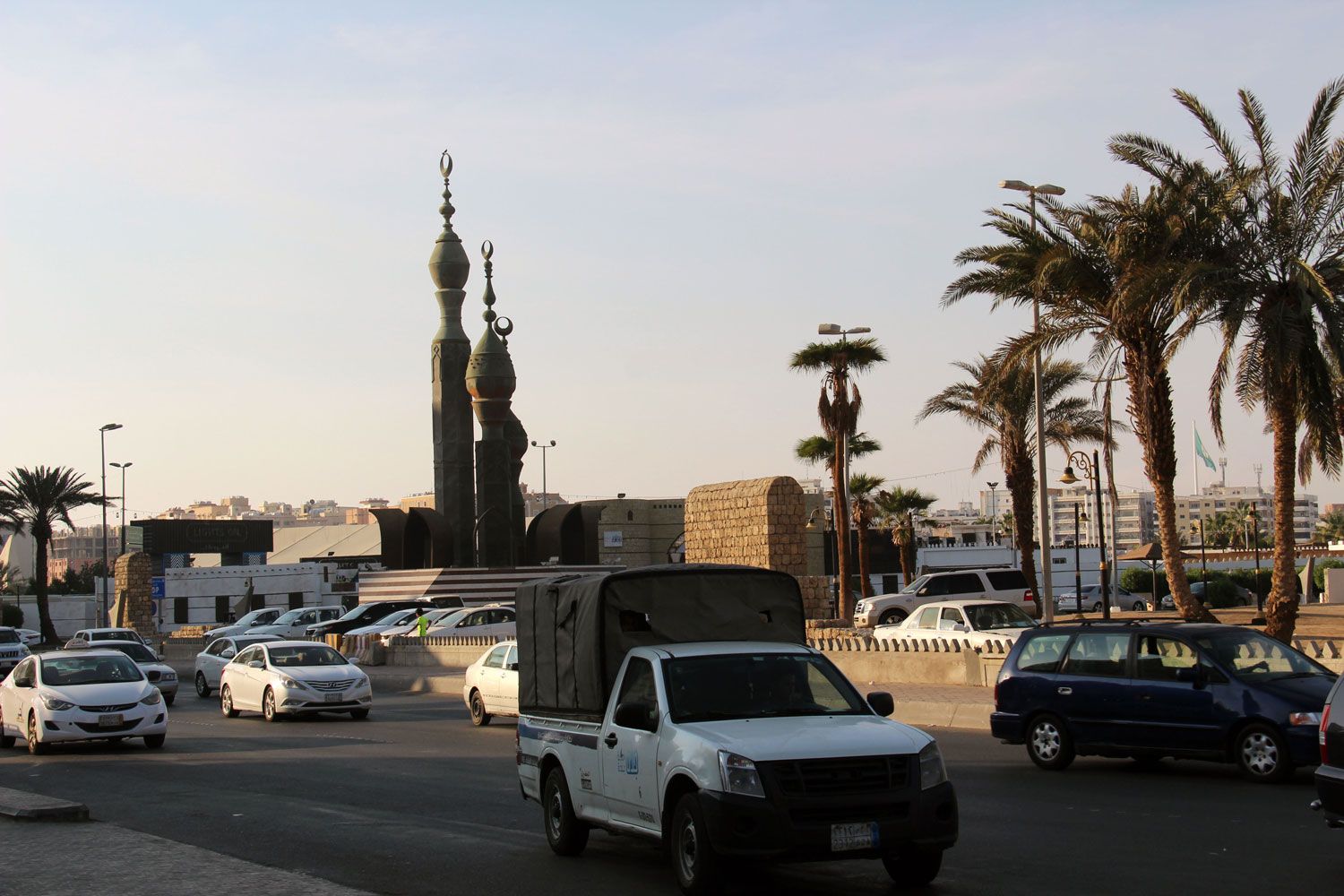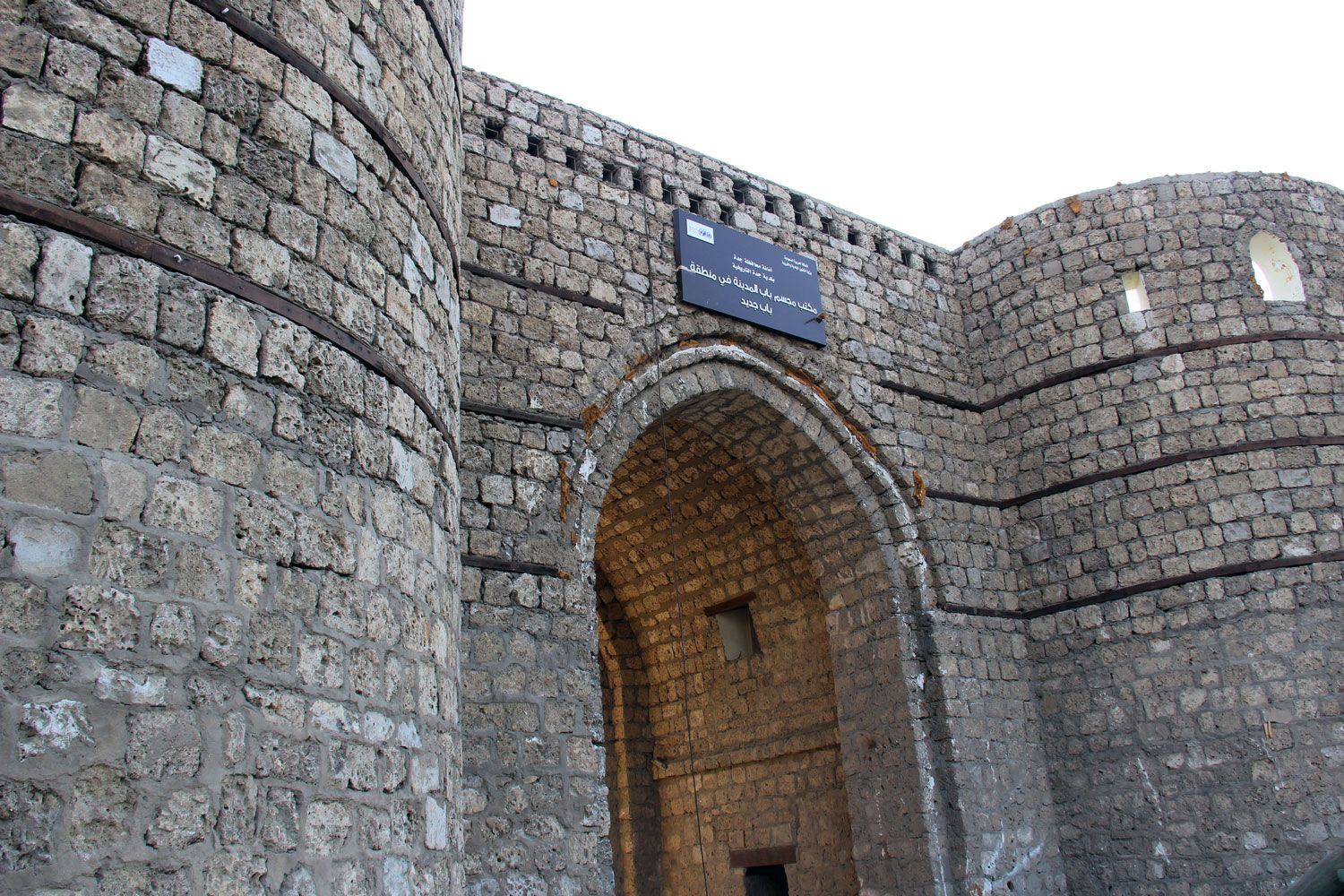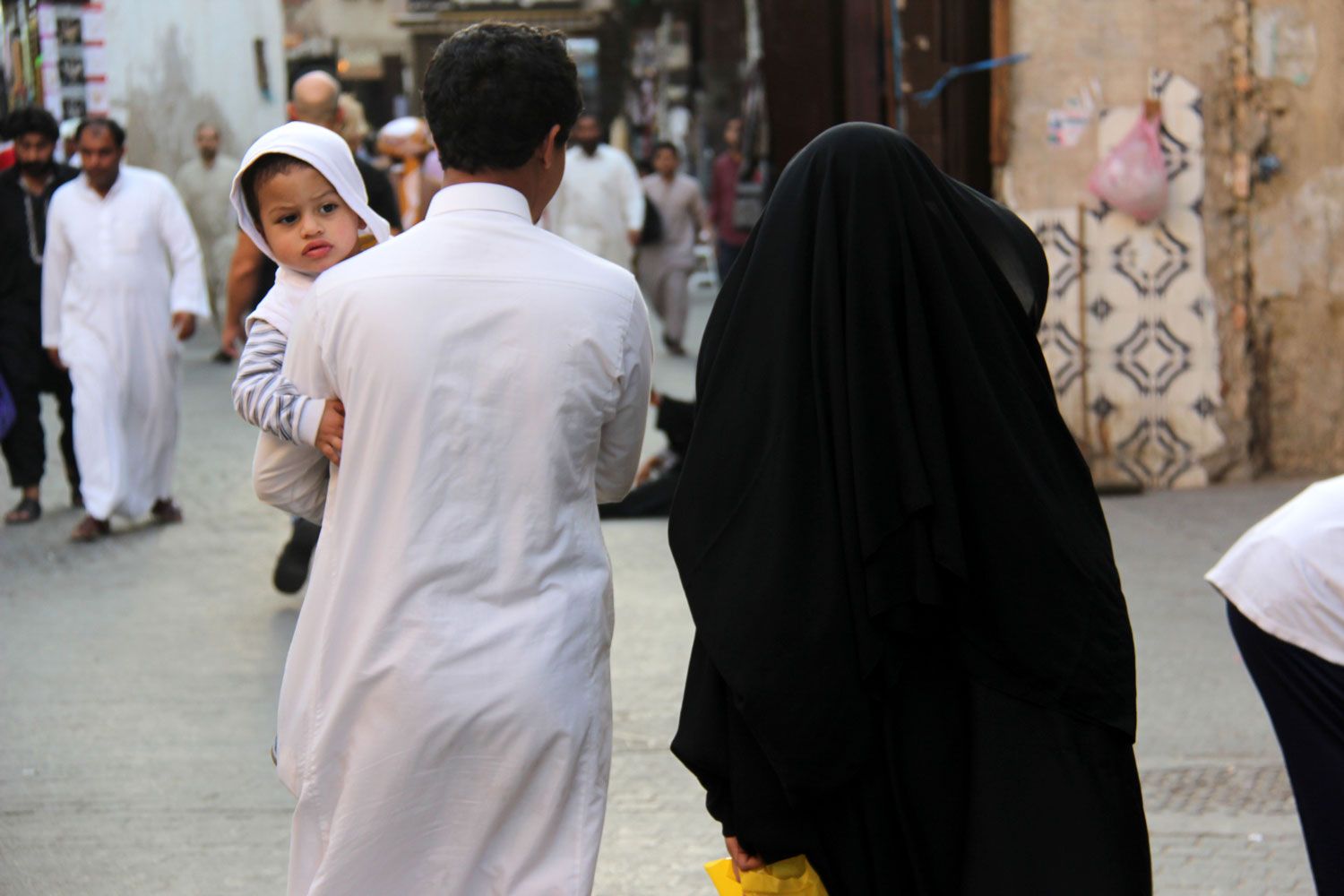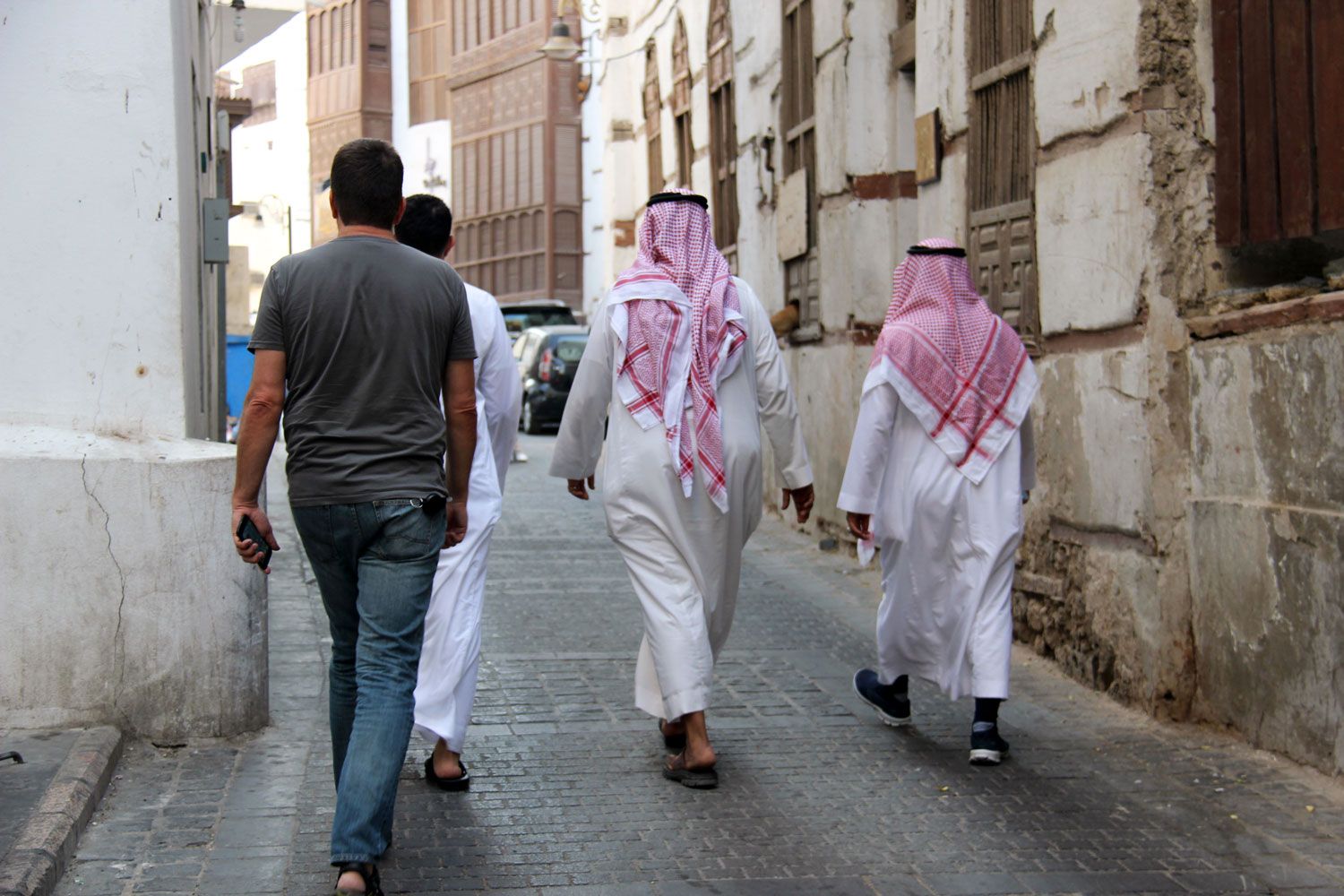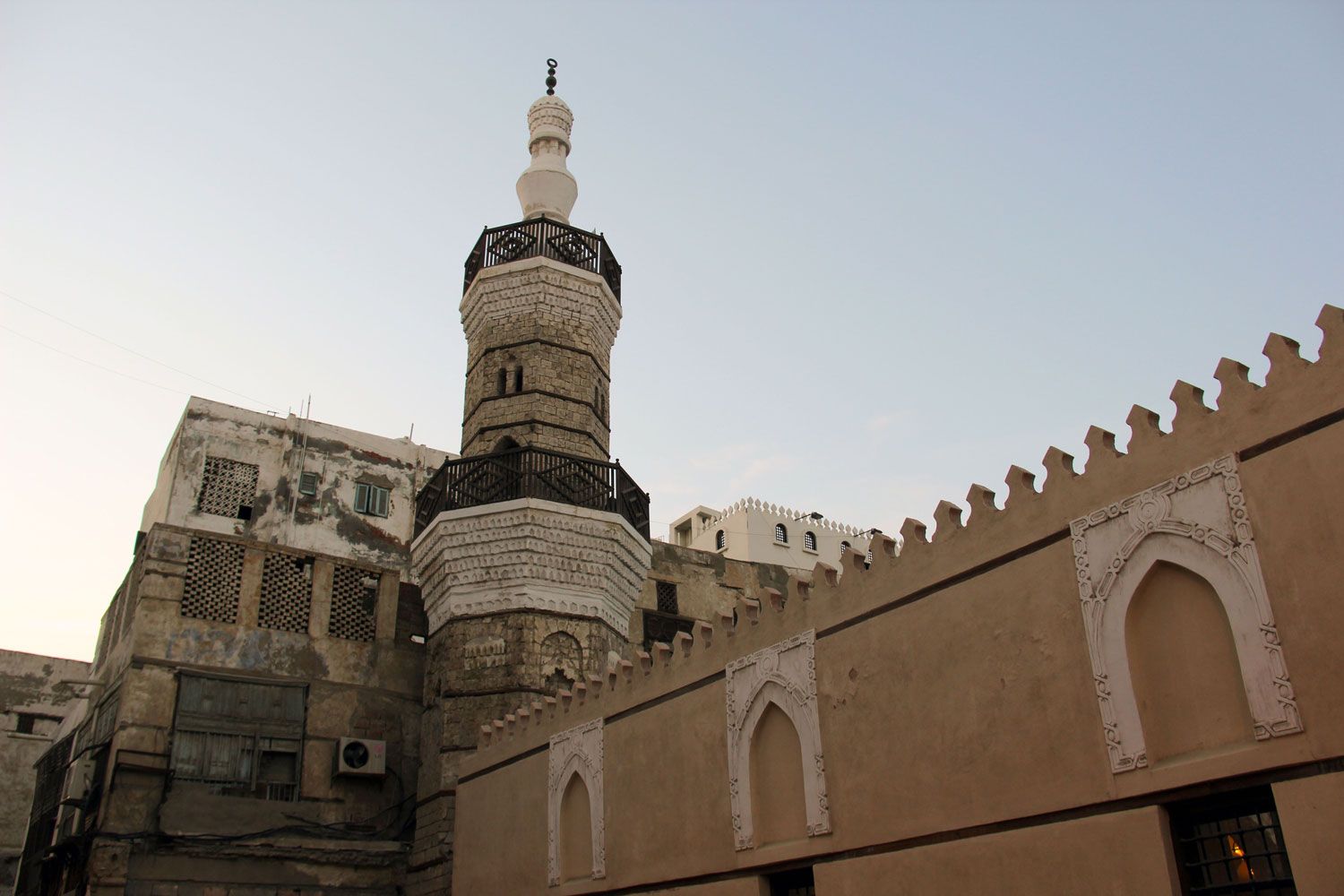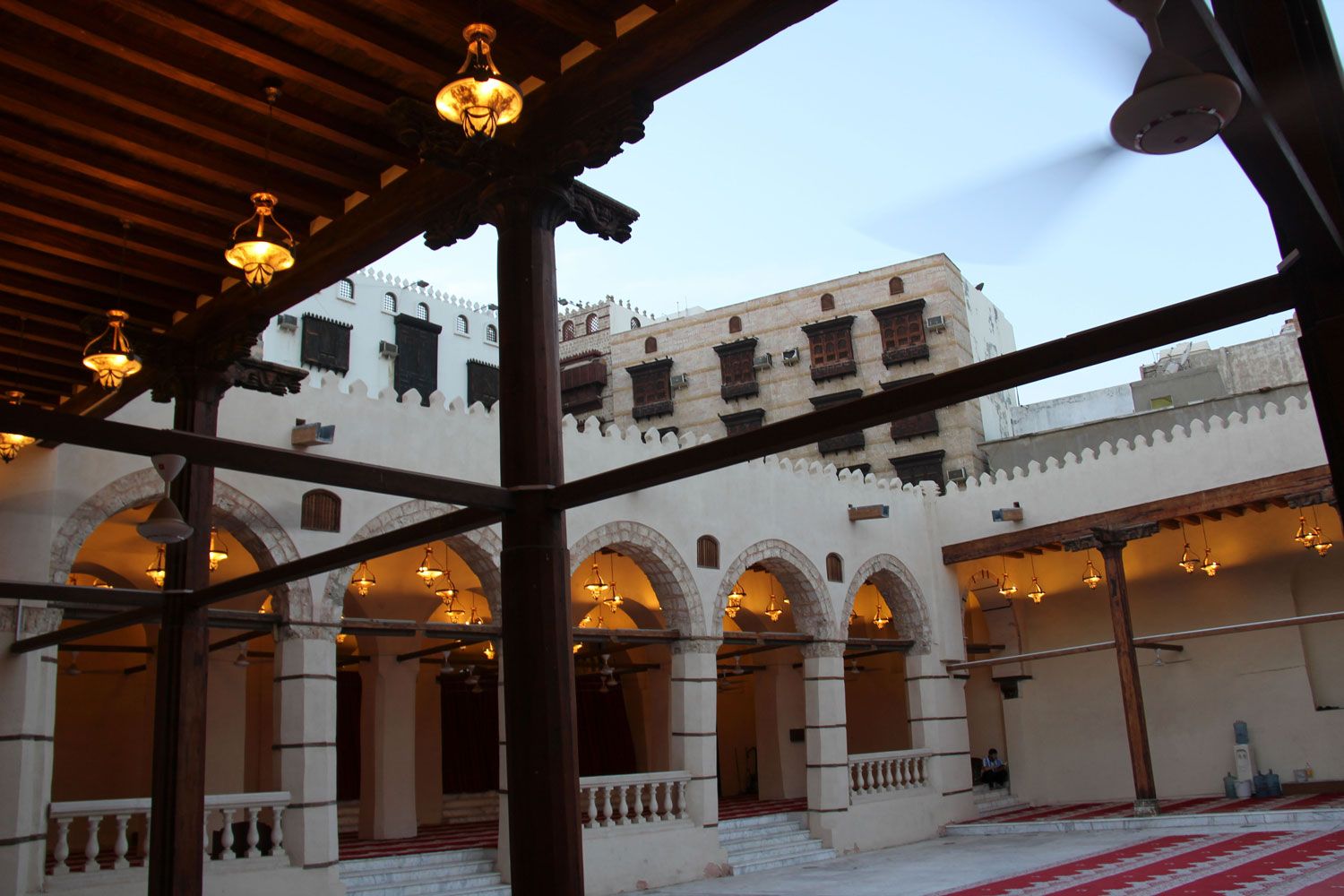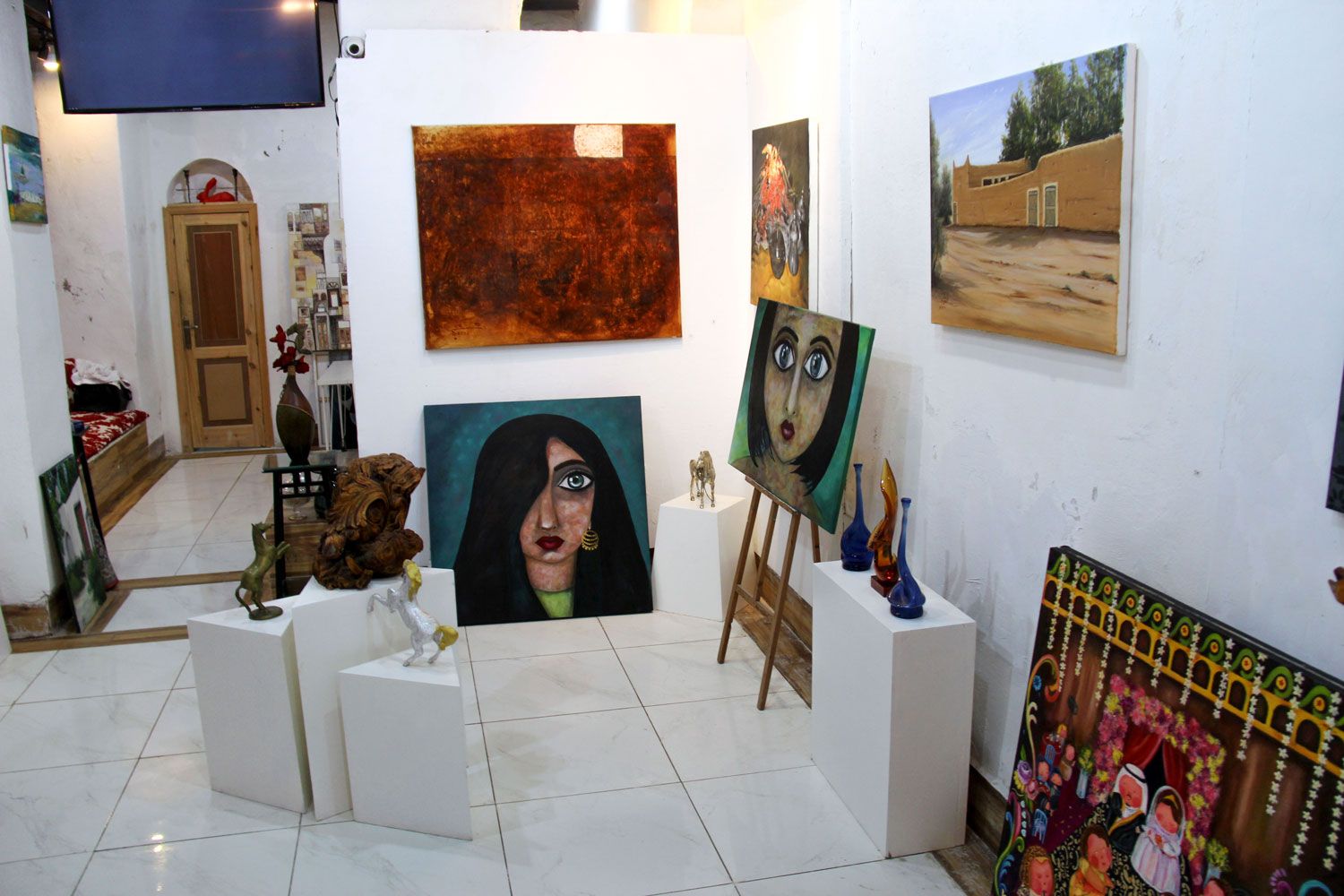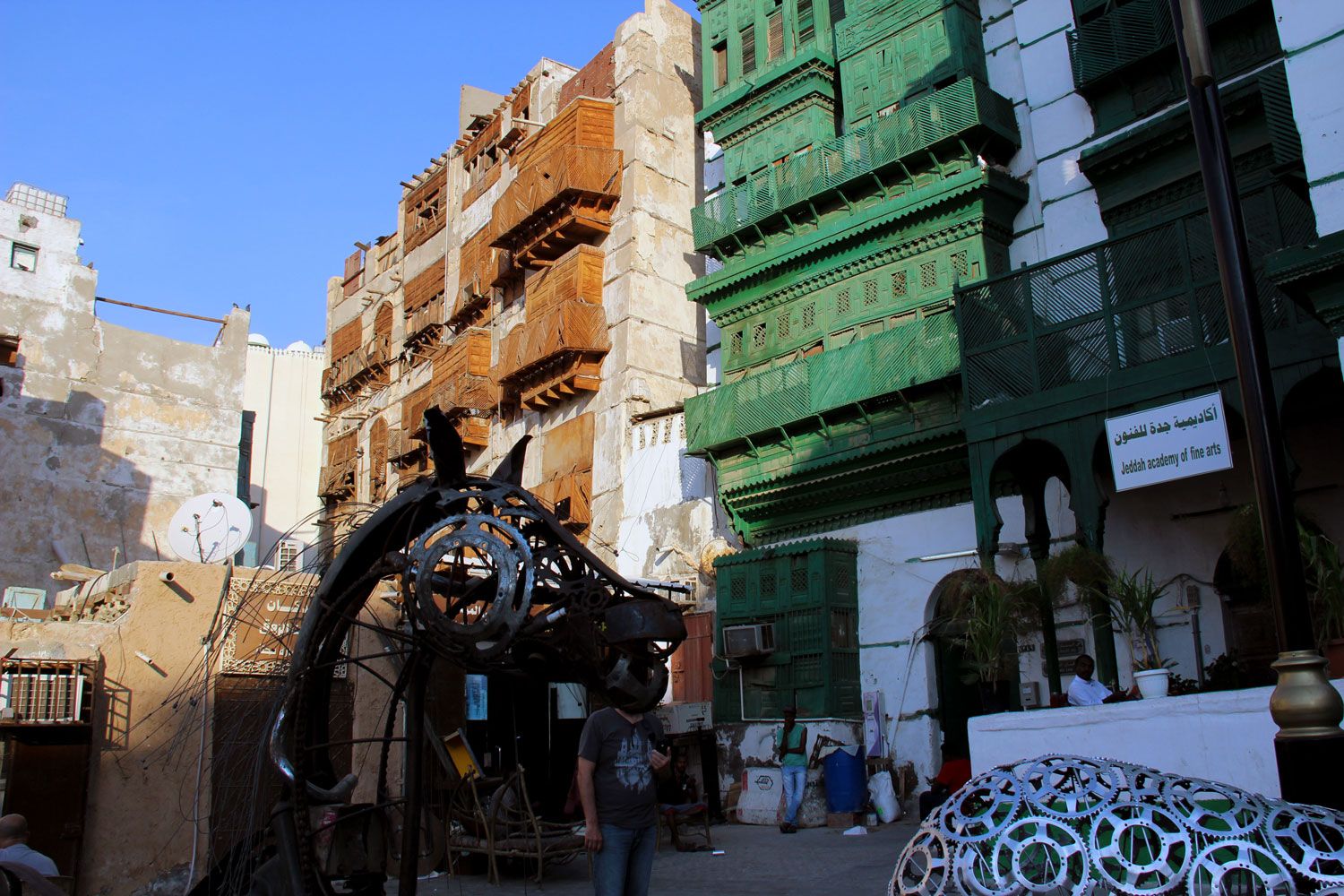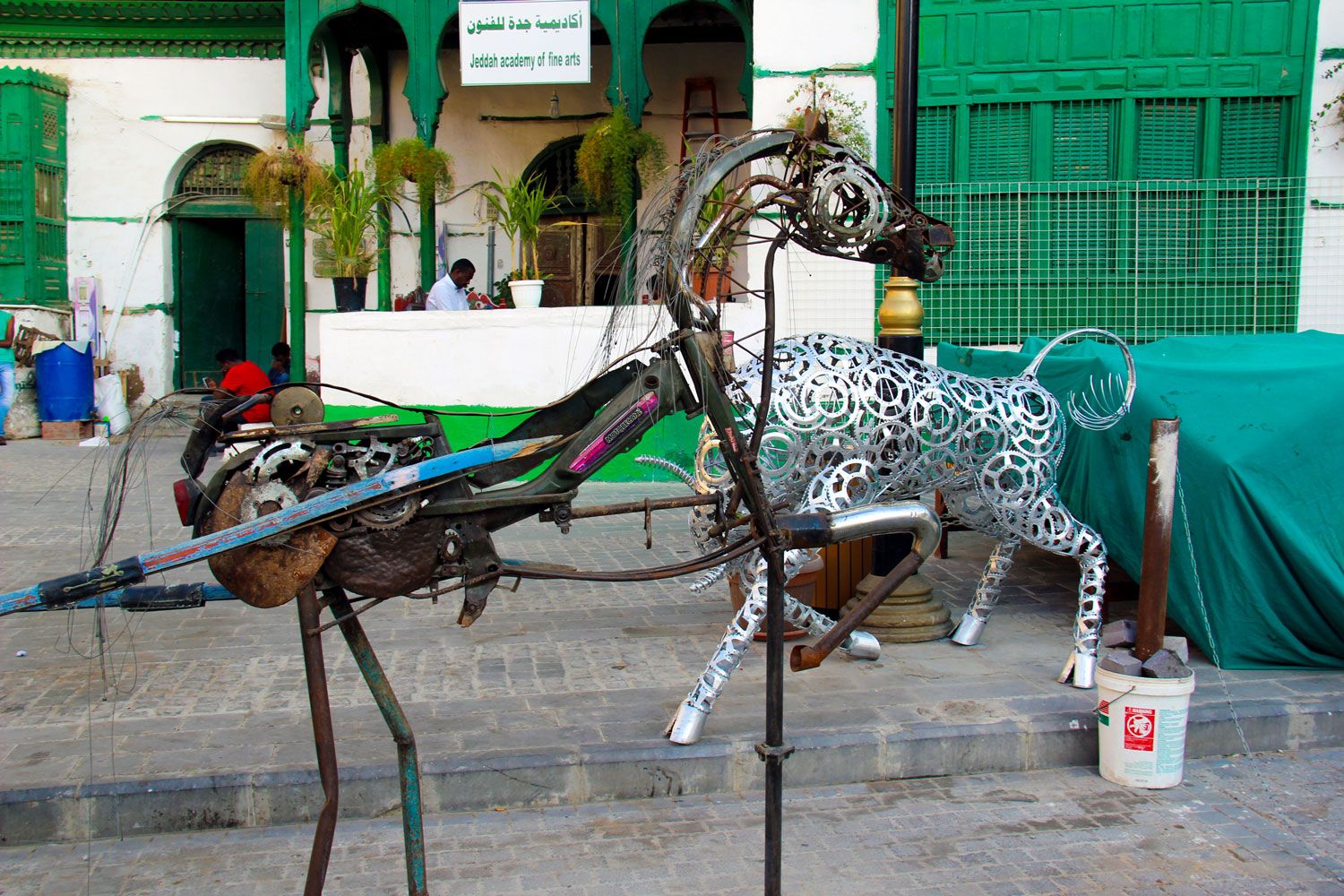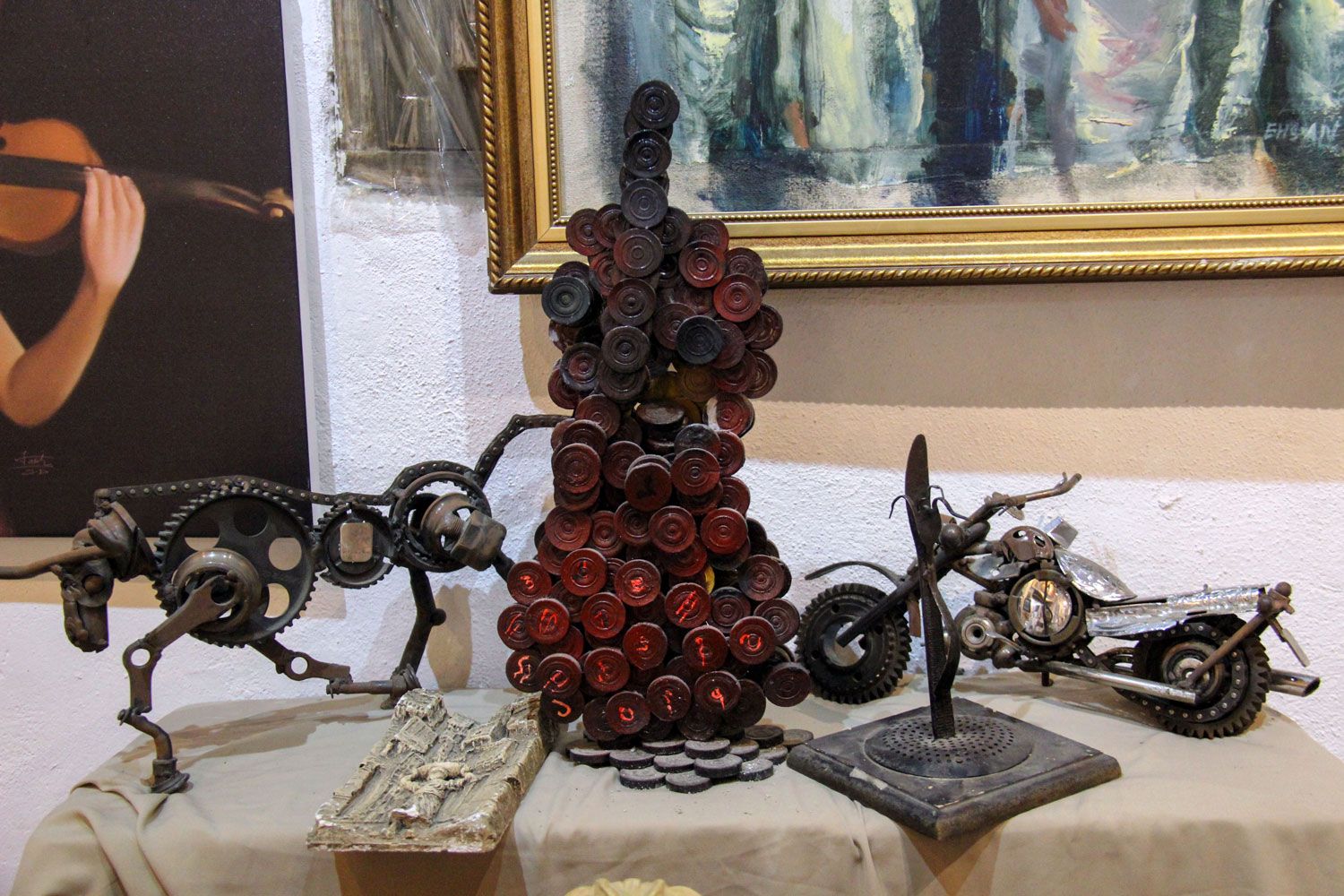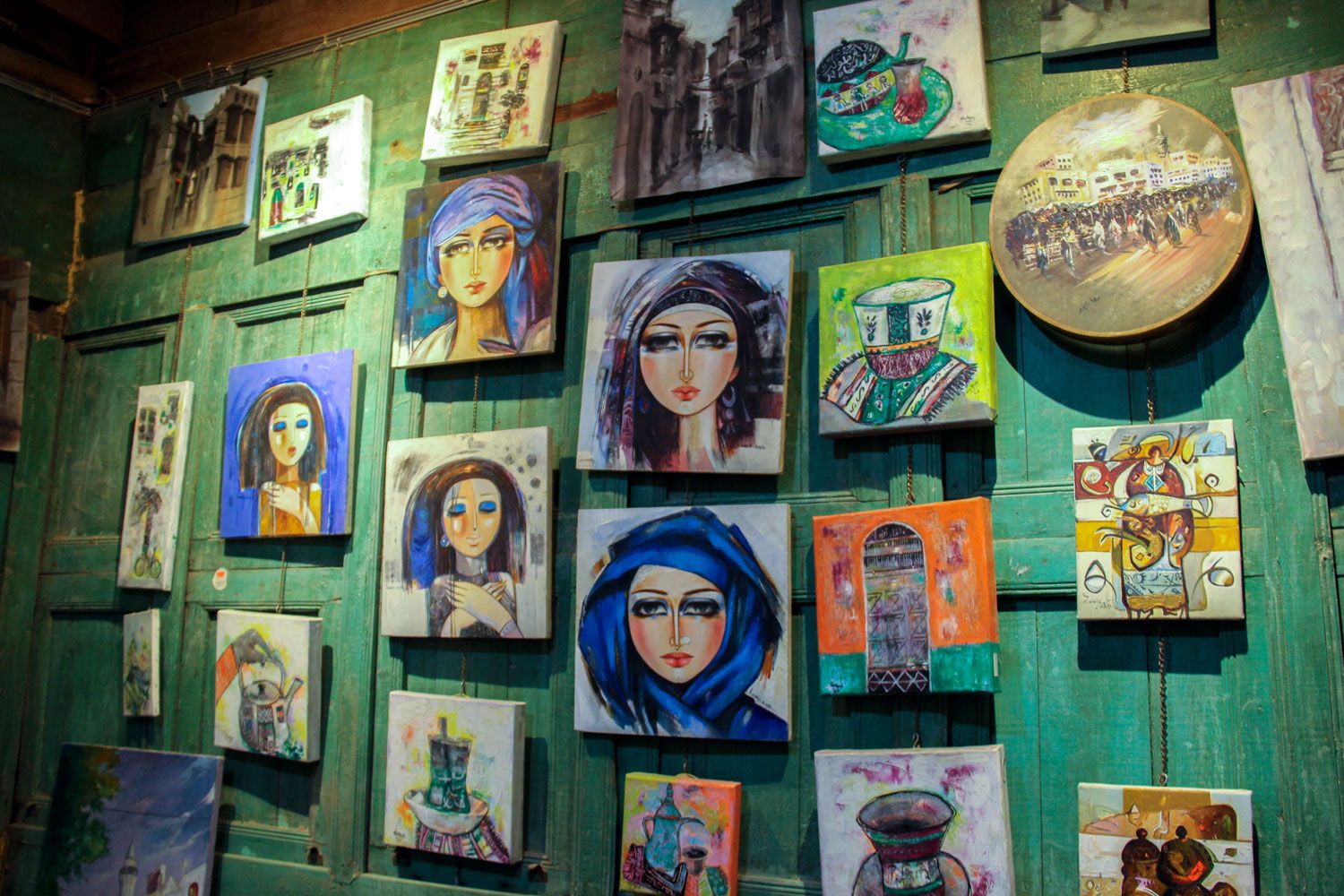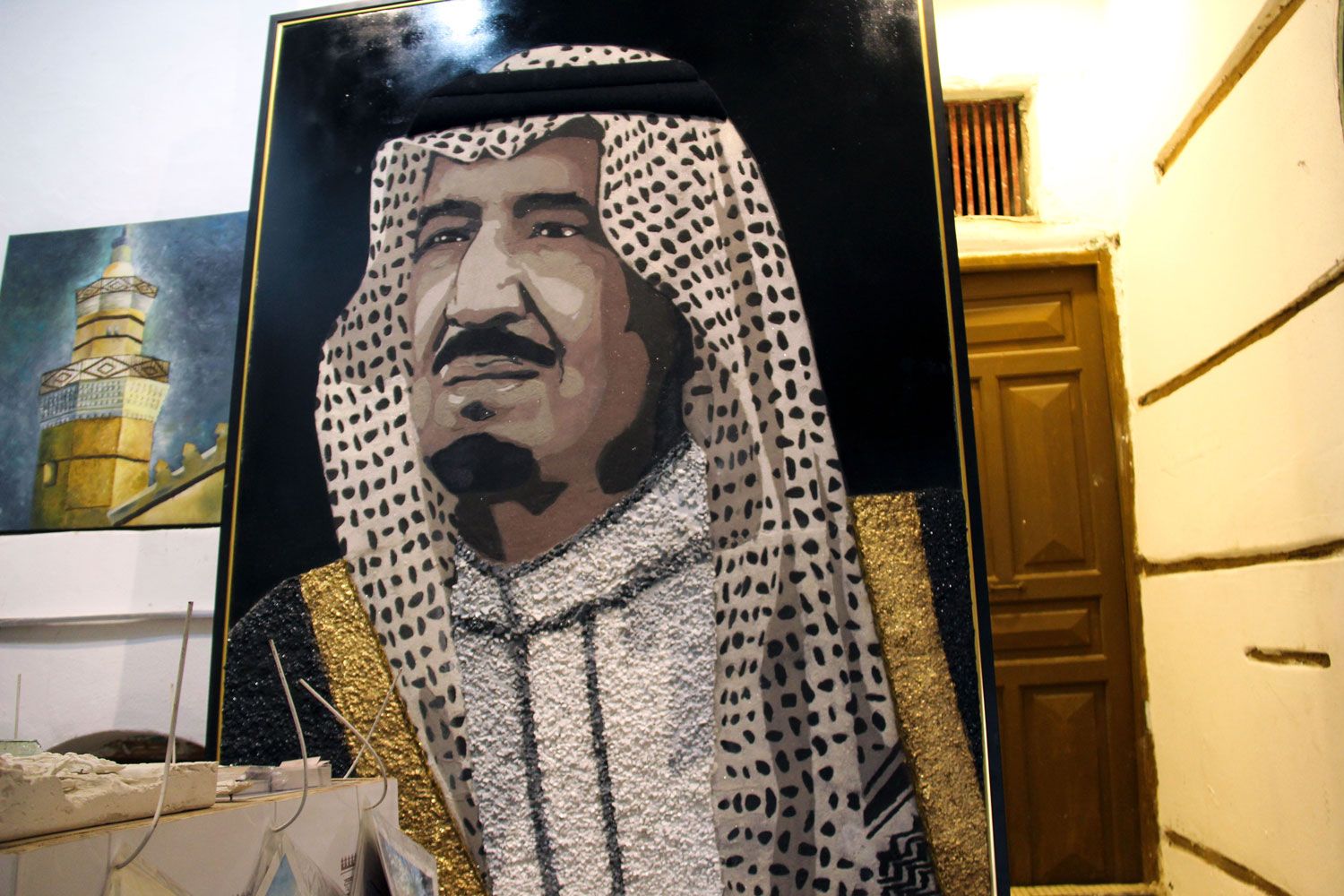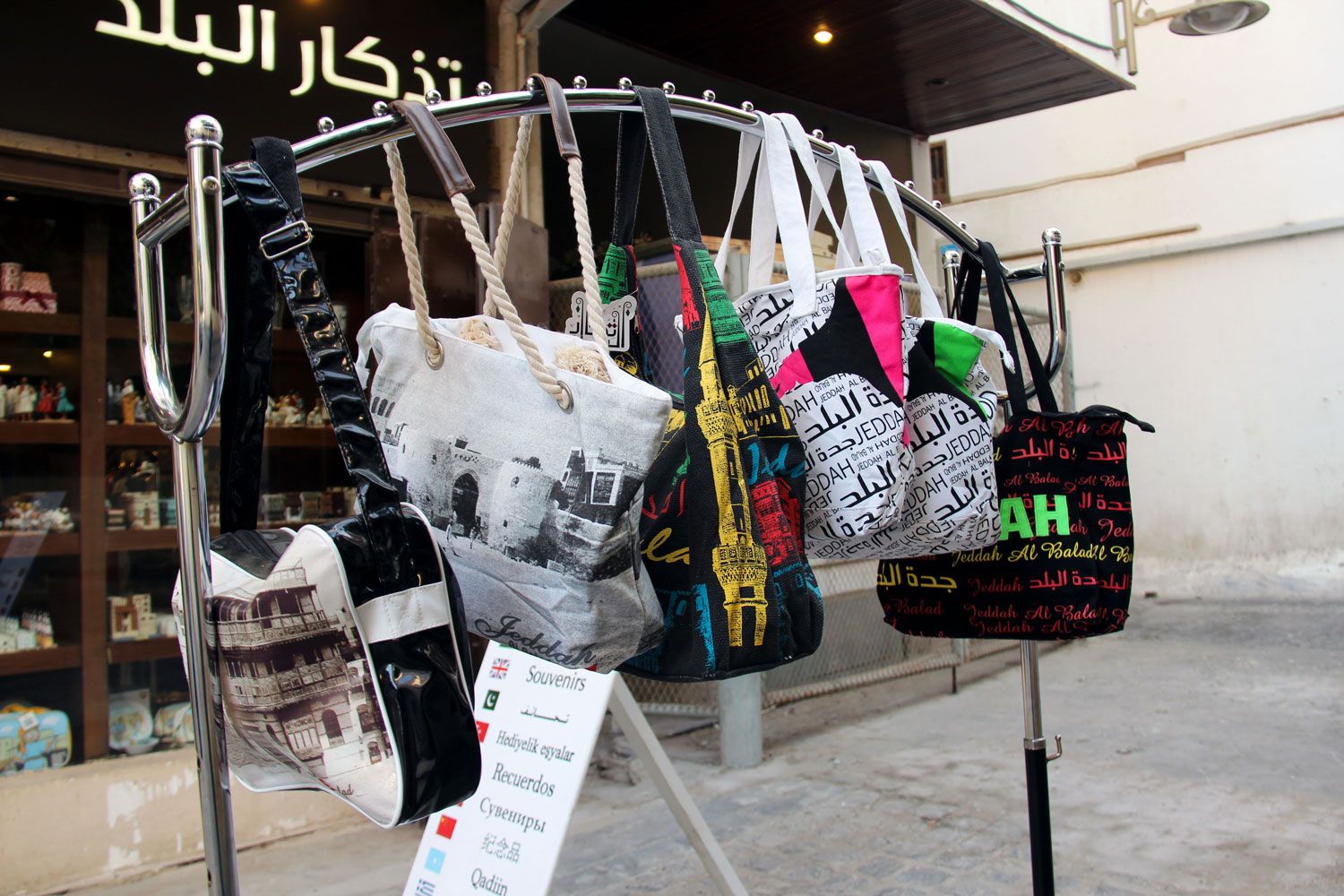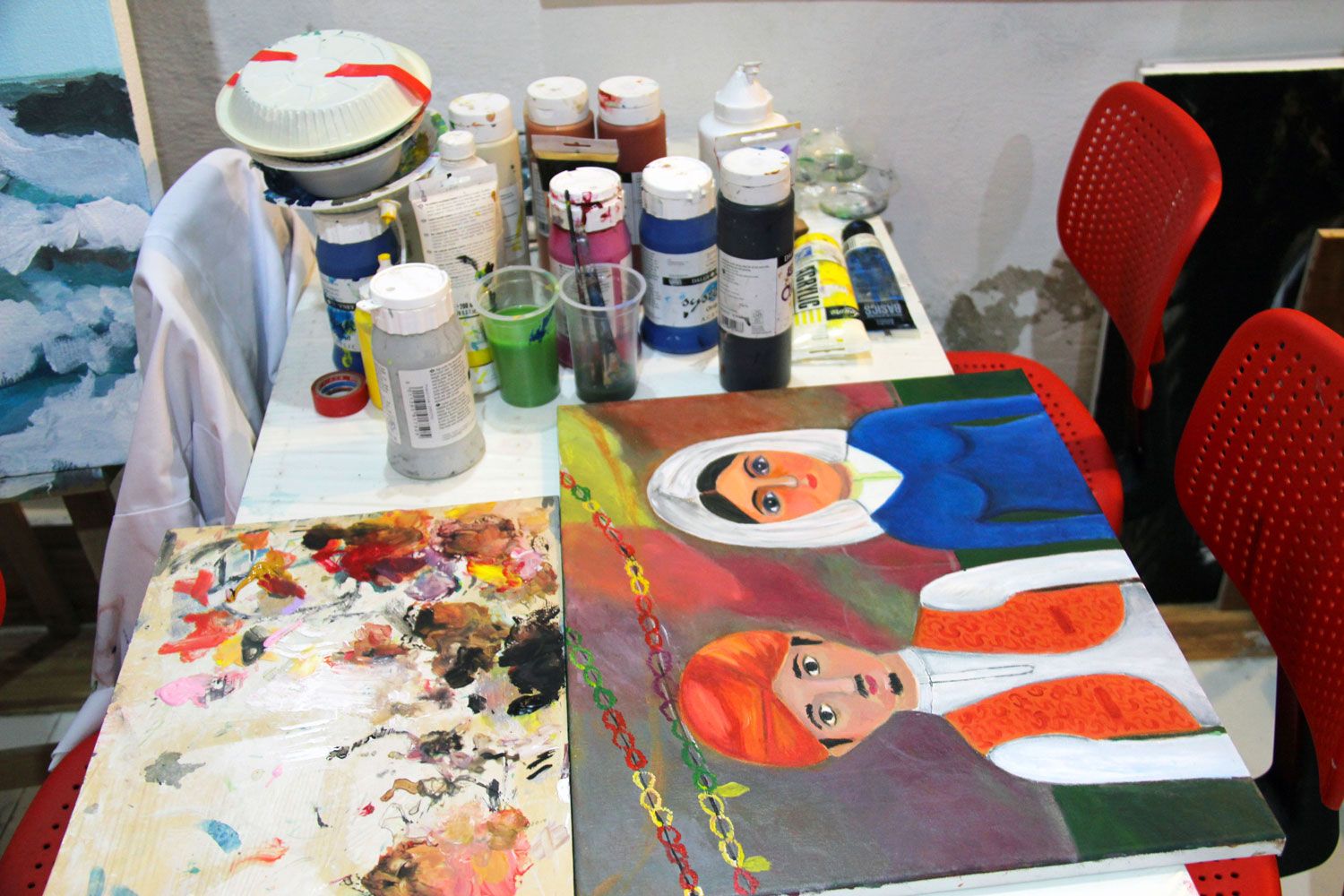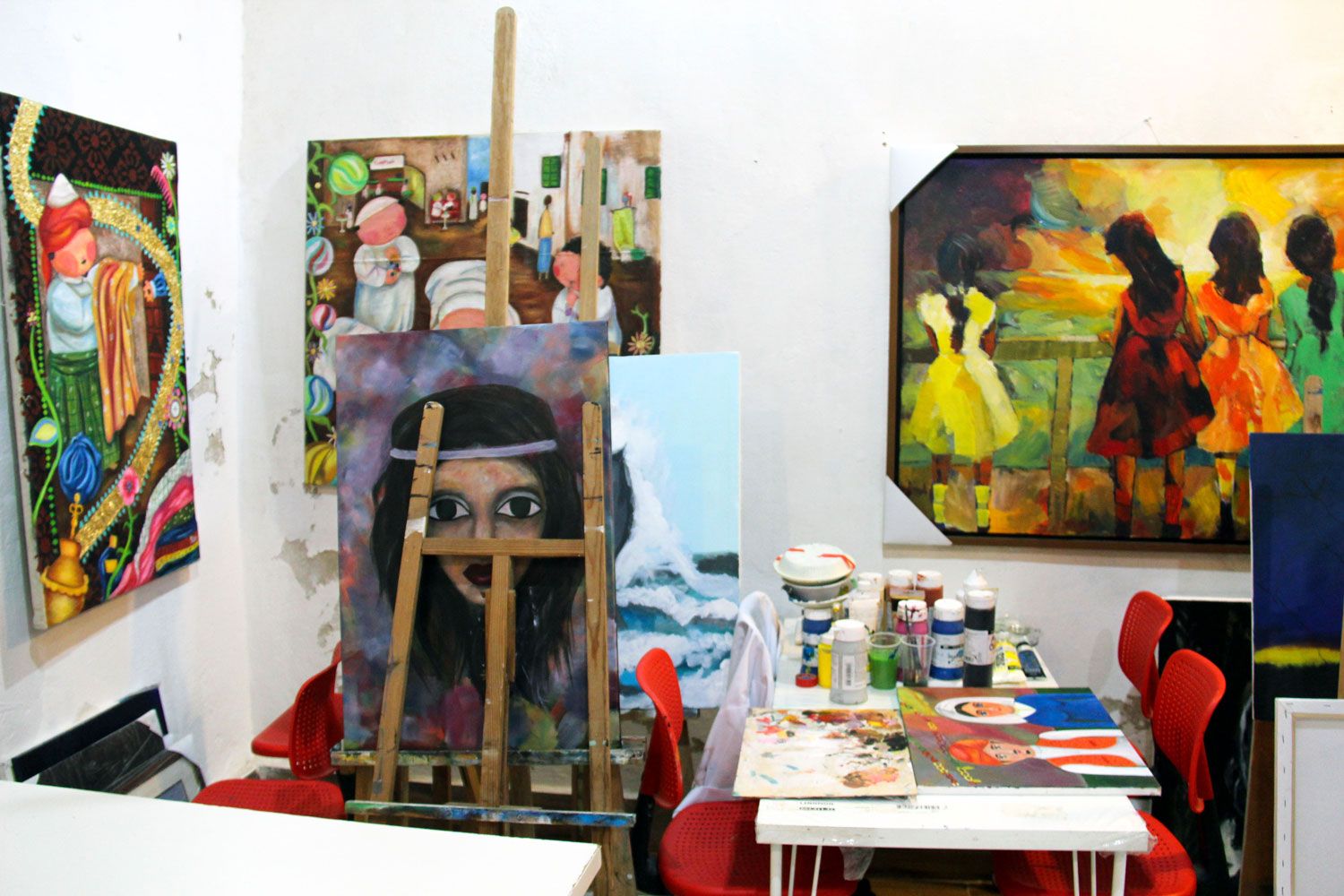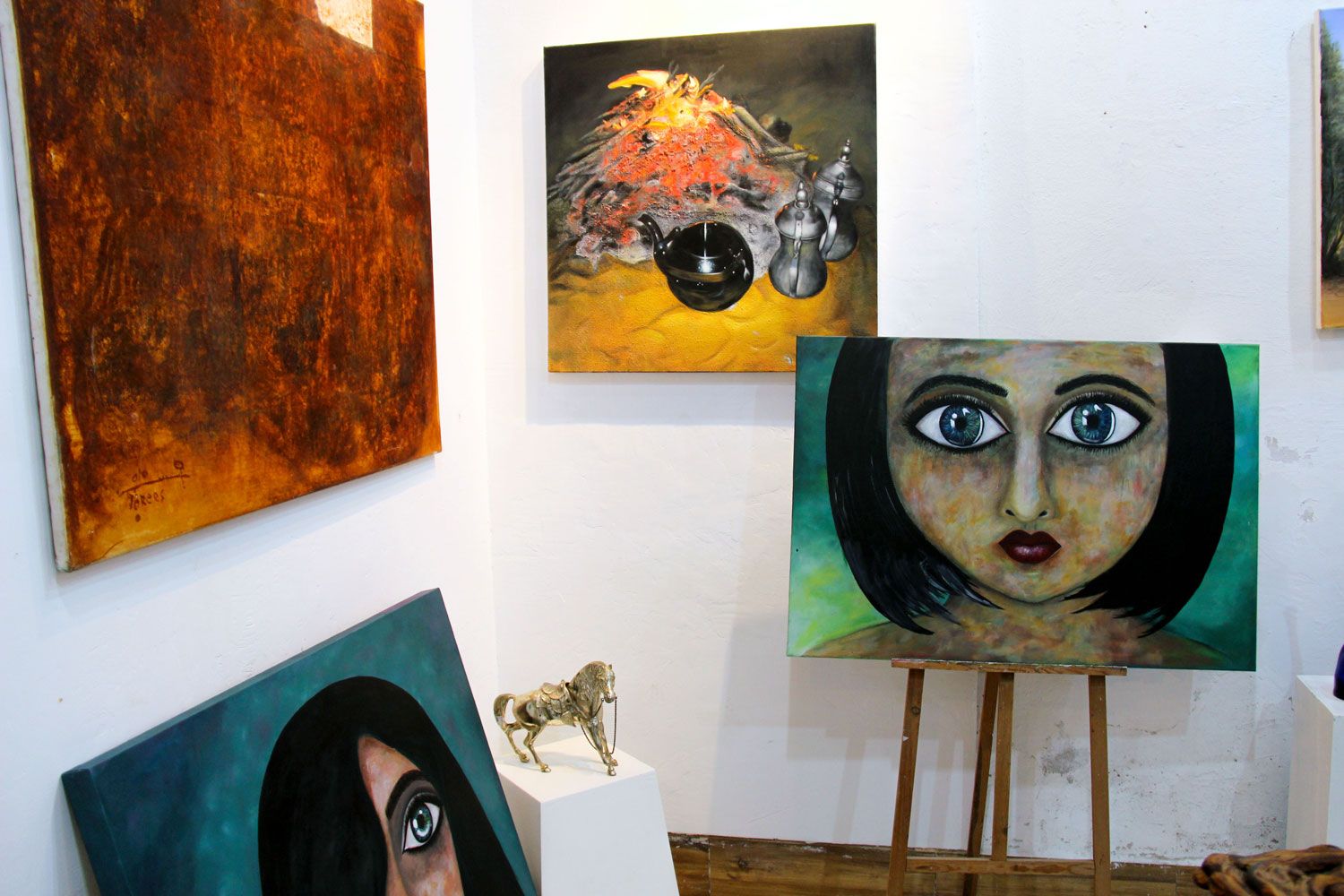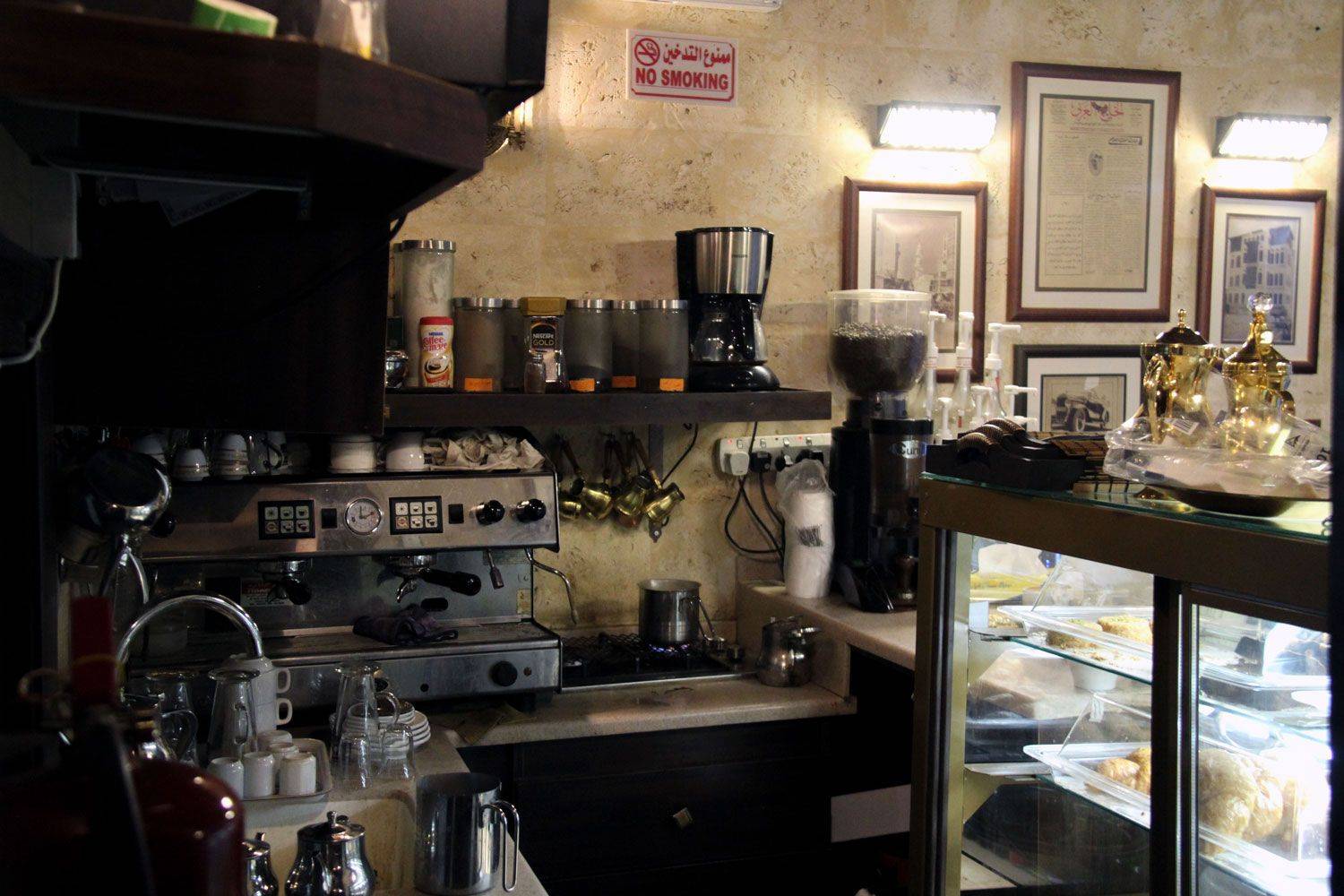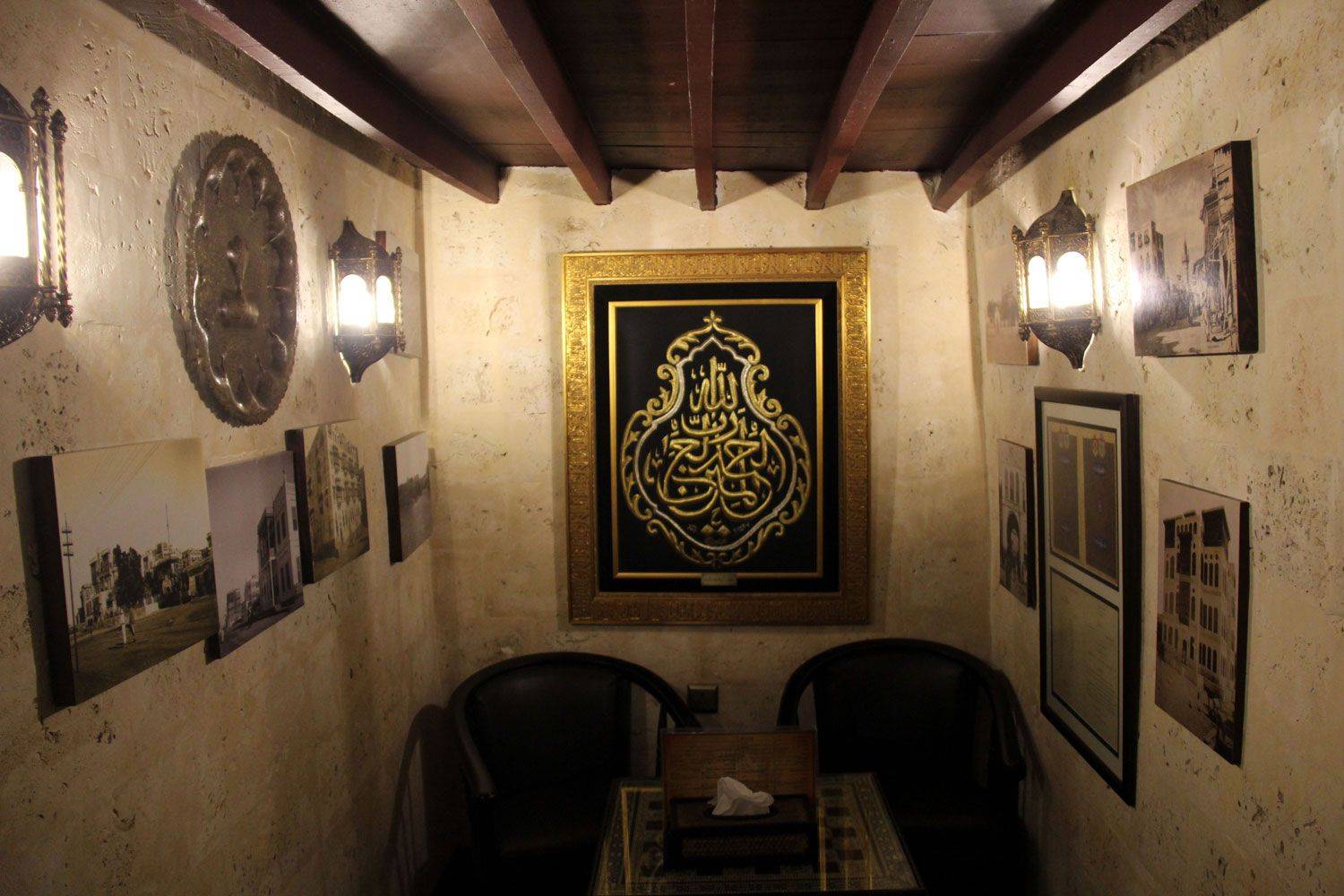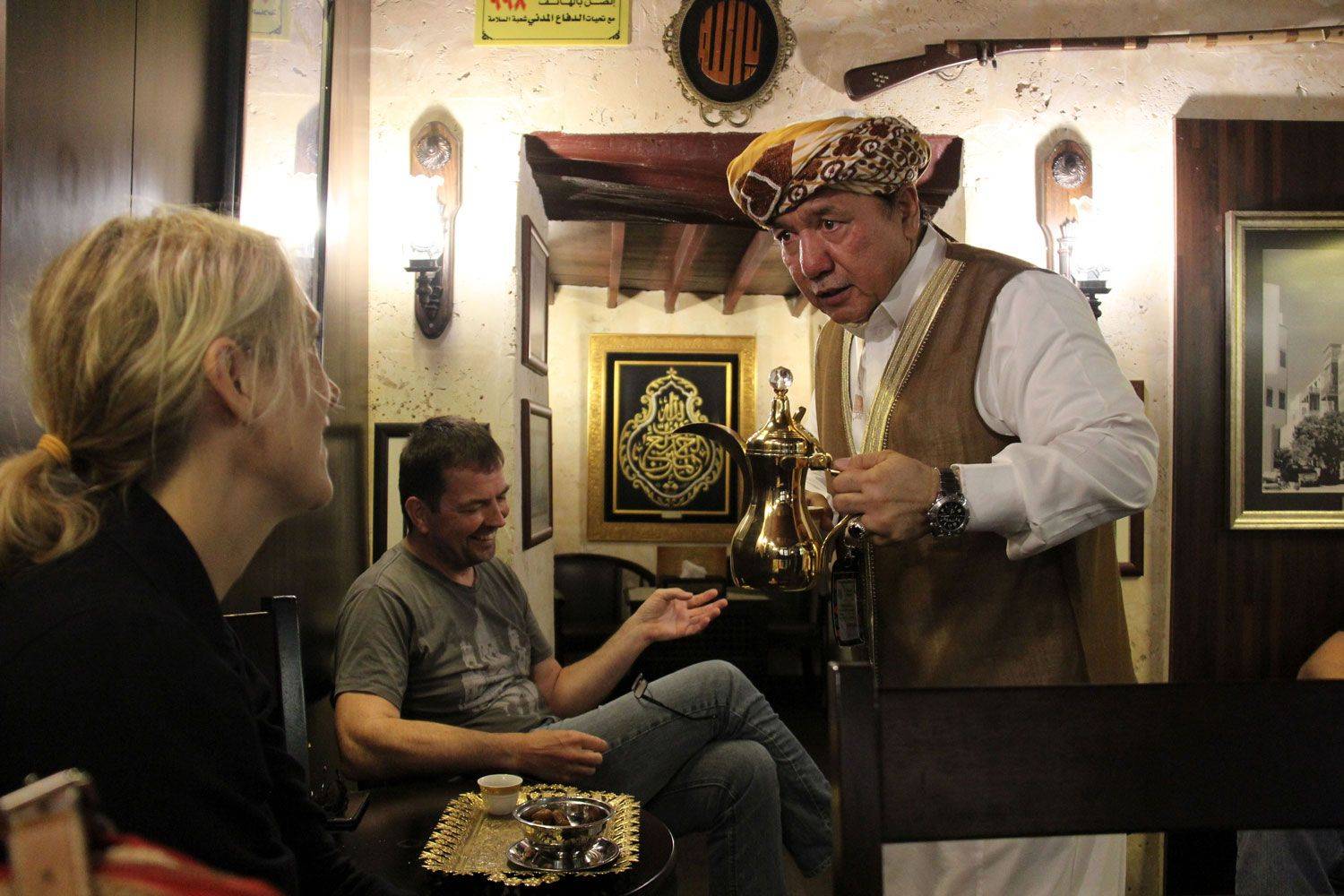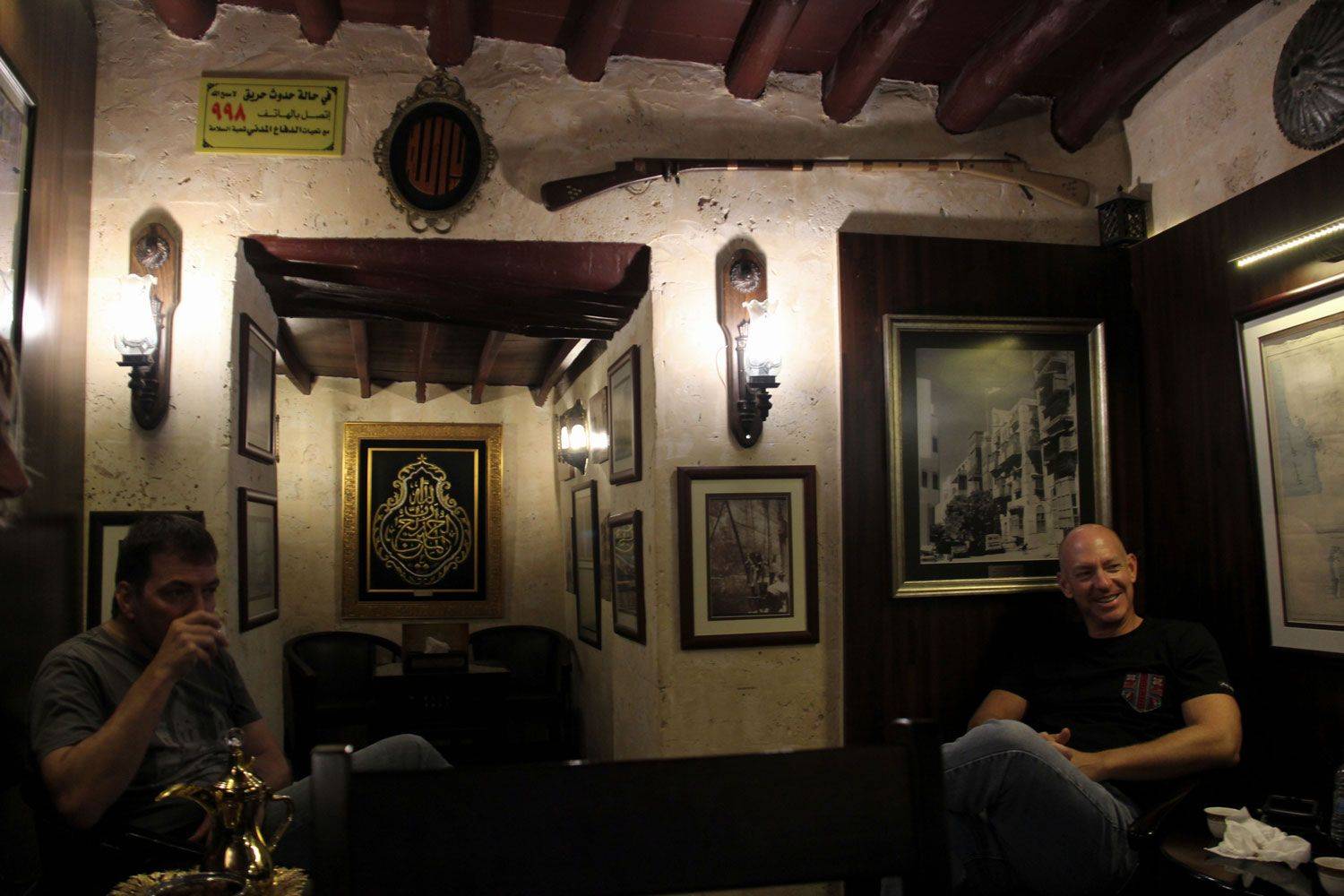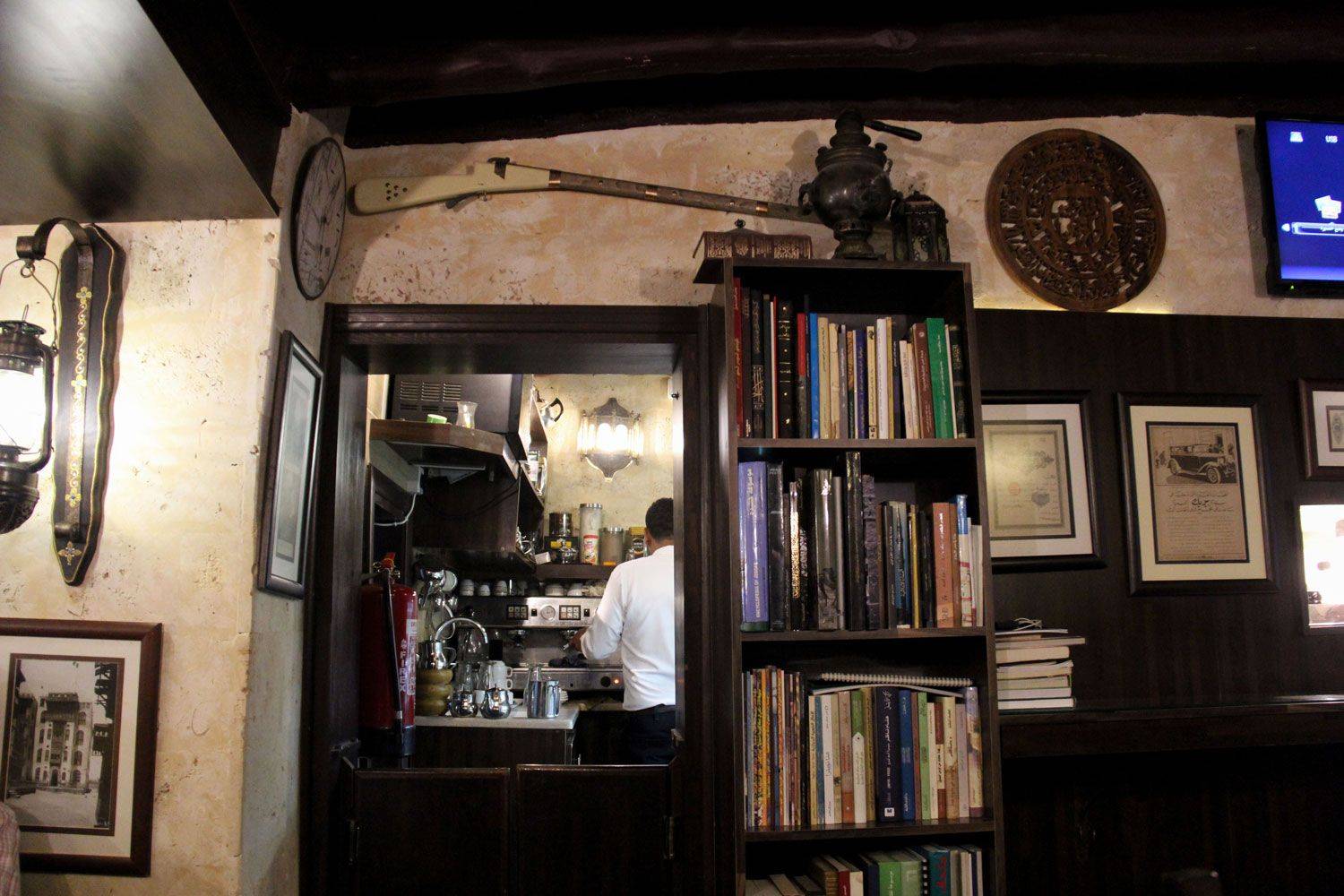Nearly five years into my experience as an expatriate in the Kingdom of Saudi Arabia, I can still point to the historical district of Old Jeddah, known as Al-Balad (translates as “The Town” in Arabic) as one of my all-time favourite travel destinations. Only a few places on earth provides visitors with a genuine feeling of travelling back in time to an authentic by-gone era, unspoiled by modern-day mass tourism. Al-Balad is literally an open-air, living, museum.
Over a millennium after its founding in the 7th century, Al-Balad remains an authentic and bustling urban environment where local residents and merchants interact among the narrow winding streets and alleyways featuring multiple souks, restaurants, cafés and retail shops.
Old Jeddah, the bride of the Red Sea
Historic Jeddah’s Al-Balad district is the last remaining urban and commercial agglomeration on the shores of the Red Sea from a storied period. Due to it’s location along the Indian Ocean trade routes and it’s status as a landing harbour for the multitudes of Muslim pilgrims reaching Arabia by sea, on their way to the Holy City of Makkah to perform Umrah and the annual Hajj, Jeddah became an important commercial and multicultural hub over the centuries.
The opening of the Suez Canal in 1869, introducing steamboats linking Europe with India and Asia, was a major catalyst in the emergence of a wealthy merchant class in Jeddah during that time. This mercantile elite built Al-Balad’s lavish family homes which can still be admired today —thanks to preservation efforts. Historic Jeddah owes its status as a jewel of traditional architecture to these rich merchants flush with money from the seafaring trade which the port facilitated.
Old Jeddah continued to flourish until it’s decline engendered by the wealth generated from the oil boom during the 1970s and 80s — causing many of the established families to move out to more affluent Jeddah neighbourhoods further north.
Today, the population of Al-Balad is largely constituted of immigrants and their Saudi-born children of African, Yemeni, Sudanese, Somali, Pakistani and Indian heritage. It’s now one of the most ethnically diverse and cosmopolitan neighbourhoods in the Arabian Peninsula.
Preserving vestiges of the golden age
In the 1990’s, in an effort address the decline of Al-Balad, the Jeddah municipally founded the Jeddah Historical Preservation Society. The organization set for itself the goal to protect the centuries-old Hijaz region architecture found in the historical district. Following the recommendation in 2009 of the Saudi Commission for Tourism and Antiquities, Al-Balad was accepted and listed by UNESCO as World Heritage site in 2014.
As a result of Saudi Arabia’s strict tourism visa restrictions, I fell very privileged to have the opportunity to experience these vestiges of the country’s rich cultural history. Al-Balad's remaining 450 buildings are truly a delight to admire and represent a photographer’s paradise.
The district boasts many historical architectural landmarks such as the distinctive Old Jeddah Wall, the ancient Al Shafei mosque (built in the 13th century CE) and the restored Naseef House (built in the 19th century).
Naseef House is famous for having hosted King Abdulaziz Ibn Saud. The Kingdom’s first monarch spent his first night there after leading his army through the victorious Siege of Jeddah in December of 1925 — as part of his conquest of Hijaz.
King Abdulaziz used Naseef House as a royal residence. The house was built by Sheikh Omar Effendi Nassif, a wealthy merchant and then governor of Jeddah, between 1871 and 1881. It remained in the Nassif family until 1975. Since 2009 it has become a museum and cultural center.
It’s interesting to note that the stairs and ceilings in Naseef House were purposely made wide and tall enough to accommodate camels who were routinely marched up to the kitchen, located on the top floor, to deliver food supplies. The camels were also used to deliver messages to King Abdulaziz. In addition, a well on the ground floor collected rainwater.
Also commonly known as "The House with the Tree,” due to the noticeably large tree in from of it, Naseef House is a popular and must-see destination for visitors to Al-Balad.
A vibrant bohemian scene
While this may come as a surprise to some, Old Jeddah is also a hot spot for art lovers. Several art galleries, studios, and coffee shops make Al-Balad a great bohemian outpost in the Kingdom. On a recent visit there with colleagues, we enjoyed visiting several galleries and observed artists in the midst of exercising their craft in art studios.
A metallic horse created by an artist placed on the street facing one of the art galleries, with the backdrop of the colorful traditional architecture, provided us with a beautiful visual.
We rounded off the day at a trendy coffee shop, Café Magad, which I later found out is very active on Instagram. It’s not always possible to make time stand still — even in a genuine time capsule of 1001 nights.
I have noticed some subtle changes in my many times visiting Al-Balad since first arriving in Saudi Arabia in 2012. I’ve only now noticed a handful of tourist shops targeting Western and other foreign visitors.
Thankfully mass tourism, à la Dubai, which could ruin the experience is unlikely to take hold any time soon in the conservative Kingdom. But it’s encouraging that the cultural importance of this heritage is being recognized and promoted.

